Article Summary: Historic Sites In California
Historic Sites In California. More Than Just Parks has 20 incredible must-see sites for you to visit.
I’ve been to so many of these amazing places since retiring from teaching in 2018. Did I mention that I taught history? I spent a lifetime teaching about the history behind these momentous sites. Then I got to see them firsthand. And now I’m sharing the stories of these incredible places with you. It doesn’t get any better than that!
I’m going to give you my list of the 20 Historic Sites In California that you’ll want to see.
To be clear, this list includes national park sites (as in sites managed by the National Park Service) as well as national parks. It also includes sites not managed by the National Park Service. After all, we’re more than just parks!
Without further ado, let’s dive in.
Top 20 Historic Sites In California
20. Santa Cruz Beach Boardwalk
We begin our countdown of the Top 20 Historic Sites In California with a place associated with amusements. After all, what’s more fun than fun!
We begin our countdown at #20 with the Santa Cruz Beach Boardwalk.
It’s a seaside amusement park located in Santa Cruz, California that has a long and rich history that dates back over a century. And, as a retired history teacher with a passion for the past, I’m only too happy to dive into that history.
In 1865, a businessman named John Leibrandt built a bathhouse on the beach in Santa Cruz, which he named the “Santa Cruz Plunge.” Over the years, other businesses were built around the Plunge, including a dance hall, a casino, and a roller skating rink.
Fast forward to 1904. That’s when local businessman Fred Swanton purchased the Plunge and the surrounding businesses. He demolished the old buildings and built the first Santa Cruz Beach Boardwalk, which opened on June 22, 1907.
In a preview of what folks would be treated to almost seventy years later when legalized casino gaming was approved by the citizens of New Jersey, Swanton’s Boardwalk initially featured a casino, a Ferris wheel, a roller coaster, and other attractions.
It Became An Amusement Park
Over the years, the Boardwalk continued to expand and add new rides and attractions. In 1911, the Boardwalk’s Giant Dipper roller coaster was built, and it remains one of the park’s most popular attractions to this day.
Other notable rides include the Looff Carousel, which was built in 1911 and is one of the oldest wooden carousels in the United States, and the Sky Glider, a chairlift that offers panoramic views of the park and the ocean.
The Boardwalk continued to play a significant role turning its attention to the surfing culture gaining popularity in Southern California. In the 1930s and 1940s, surfers began riding the waves near the Boardwalk, and the sport quickly became popular nationwide.
In 1959, the first surfing competition in the United States, the West Coast Surfing Championships, were actually held at the Boardwalk.
Today, the Santa Cruz Beach Boardwalk is one of the oldest and most popular seaside amusement parks in the United States.
It’s a place which features dozens of rides and attractions, including roller coasters, water rides, and carnival games. It also hosts a variety of events throughout the year, including concerts, festivals, and fireworks shows.
19. Marshall Gold Discovery State Historic Park
We go from thrill seekers to gold seekers. At #19 on More Than Just Parks list of the 20 Best Historic Sites In California we have the Marshall Gold Discovery State Historic Park.
Why watch gold seekers on Discovery or the History Channel when you can learn about them up close and personal at a state park that preserves the site where gold was first discovered in California in 1848, leading to the famous California Gold Rush.
The discovery of gold at the site is credited to James W. Marshall, a carpenter who was building a sawmill for John Sutter in the area. On January 24, 1848, Marshall found gold in the tailrace of the sawmill, and word quickly spread of the discovery. By 1849, thousands of people had flocked to the area in search of their fortunes, and the California Gold Rush was in full swing.
Over the years, the area around Coloma became one of the most productive gold mining regions in California, and the town of Coloma grew to support the miners and their families. However, by the 1870s, most of the gold had been extracted from the area, and the town began to decline.
Walk The Ground Where Gold Seekers Once Went
In the early 1900s, efforts began to preserve the historic site of the gold discovery, and in 1942, the state of California purchased 400 acres of land in the area, including the site of the sawmill and Marshall’s cabin. The park was established in 1947, and over the years, additional land and historic structures have been added to the park.
Today, visitors to the Marshall Gold Discovery State Historic Park can tour the site of the sawmill and Marshall’s cabin, as well as a number of other historic structures, including a replica of Sutter’s sawmill, a blacksmith shop, and a schoolhouse.
The park also features hiking trails, picnic areas, and a museum that tells the story of the California Gold Rush and its impact on the state and the country.
18. Bodega Harbor
We go from tales of gold seekers to stories of some of California’s earliest inhabitants. At #18 on our Top 20 Best Historic Sites In California list is Bodega Harbor.
Bodega Harbor is a natural inlet located along the Sonoma Coast in California. It has a long and storied history that spans thousands of years, from the indigenous people who first inhabited the area to the modern-day fishing and boating community that calls it home.
The Coast Miwok people were the first known inhabitants of the area, and they lived along the coast for thousands of years before the arrival of European explorers in the 16th century. The Miwok people relied on the abundant natural resources of the coast for their subsistence, including fish, shellfish, and seaweed.
In 1775, the Spanish explorer Juan Francisco de la Bodega y Quadra sailed into the harbor and named it after himself. The Spanish established a trading post in the area, which served as a center for commerce and communication between California and the outside world.
The Area Was Settled By The Europeans
In the 19th century, the area around Bodega Harbor was settled by Europeans, and the town of Bodega Bay was established.
The town grew into a thriving fishing community, with fishing boats and canneries dotting the shoreline. The fishing industry was the mainstay of the local economy for many decades, and the harbor played an important role in the transportation of goods and supplies.
During World War II, Bodega Harbor was used as a training ground for naval pilots, and many of the buildings in the area were repurposed for military use. After the war, the fishing industry continued to be an important part of the local economy, and tourism also began to play a larger role in the area.
Today, it’s home to a vibrant community of fishermen, boaters, and tourists who come to enjoy the area’s natural beauty and recreational opportunities. The harbor is also a popular spot for birdwatching, as it is a stopover point for many migratory species.
The area remains an important center for commerce and communication, connecting the communities along the Sonoma Coast with the rest of the world.
17. Custom House, Monterey, CA.
Land ho! At #17 on our list, we drop anchor at the Custom House in Monterey.
It’s a historic building that played a significant role in the state’s early history. Built in 1827, it’s the oldest government building in California and one of the oldest public buildings on the West Coast.
The Custom House was built by the Mexican government when California was still a part of Mexico. It was constructed to serve as a government office, where officials would collect customs duties and fees from the many ships that sailed into Monterey Bay.
At the time, Monterey was the capital of Alta California, and the Custom House played an important role in the region’s commerce and trade.
The Custom House Has Quite A History
In 1846, the United States declared war on Mexico. A group of American soldiers led by John C. Frémont captured Monterey. The Custom House was then used as a government office by the American military.
Later, it served as the headquarters for the U.S. Navy’s Pacific Squadron during the California Gold Rush in the mid-19th century.
Over time, the Custom House fell into disrepair, and by the early 20th century, it was in danger of being demolished. However, in the 1930s, the building was restored by the state of California and turned into a museum.
Today, the Custom House is a National Historic Landmark and a popular tourist attraction, showcasing the rich history and cultural heritage of Monterey and the surrounding area.
Visitors to the Custom House can explore exhibits about California’s early history, including the lives of the indigenous people who inhabited the area before the arrival of Europeans, the role of the Custom House in the region’s commerce and trade, and the impact of the California Gold Rush on the state’s development.
16. Hearst Castle
California is a land of contrasts and perhaps this is best illustrated as we go from an old custom house to one of the most magnificent castles ever constructed. At #16 on our list of the Top 20 Historic Sites In California is Hearst Castle.
Hearst Castle is a historic mansion located on a hilltop overlooking the Pacific Ocean near San Simeon, California. It was designed by architect Julia Morgan for newspaper magnate William Randolph Hearst, and is now a popular tourist attraction and National Historic Landmark.
Construction on the castle began in 1919, and continued for over 20 years. Hearst was heavily involved in the design of the mansion, which he called “La Cuesta Encantada” or “The Enchanted Hill”.
Hearst worked closely with Julia Morgan to create a sprawling estate that combined elements of Mediterranean, Gothic, and Renaissance architecture. The mansion features 165 rooms, including 38 bedrooms, 41 bathrooms, a movie theater, an indoor and outdoor pool, and a Roman temple.
It Was A Gathering Place For Celebrities
Hearst Castle became a gathering place for celebrities, politicians, and artists, and was known for its lavish parties and opulent furnishings.
William Randolph Hearst was a collector of art and antiquities. He filled the mansion with a vast collection of European and Mediterranean art, sculptures, and artifacts. Some of the most notable pieces in the collection include ancient Greek vases, Renaissance paintings, and Gothic tapestries.
After Hearst’s death in 1951, the castle was donated to the state of California and became a state park. Today, visitors can take guided tours of the mansion and its grounds, exploring the stunning architecture, art, and history of this iconic California landmark.
Hearst Castle has been featured in many films and television shows, and has become a symbol of the glamour and excess of the Golden Age of Hollywood. It remains a beloved destination for tourists from around the world, who come to marvel at the beauty and grandeur of this magnificent estate.
Things To Do At Hearst Castle
Visitors can choose from a variety of tours and experiences to explore the castle and its grounds, including:
- Grand Rooms Tour: This tour takes visitors through the main living areas of the castle, including the grand living room, dining room, and library.
- Upstairs Suites Tour: This tour takes visitors through the guest suites where Hollywood royalty such as Charlie Chaplin, Greta Garbo, and Cary Grant once stayed.
- Cottages & Kitchen Tour: This tour takes visitors through the castle’s cottages and the kitchen, where Hearst’s staff prepared meals for him and his guests.
- The Hearst Castle Zoo: The Hearst family kept a variety of exotic animals on the estate, including zebras and other animals, which visitors can see on a tour.
- The Hearst Castle pools: Visitors can take a tour of the castle’s lavish pools, which are still featured in movies and TV shows today.
- The Gardens: The estate features beautiful gardens with a variety of plants and flowers, and visitors can take a tour to explore them.
- The Hearst Castle Theater: Visitors can take a tour of the castle’s theater, where Hearst and his guests would watch movies and stage productions.
- The Hearst Castle Art & Antiquities Collection: Visitors can take a tour of the art and antiquities collection on display at the castle, which includes ancient Greek and Roman sculptures, tapestries, and other works of art.
Top 15 Historic Sites In California
15. Griffith Park & Observatory
From a celebrated castle which hosted Hollywood Stars to an amazing place where you can see the real ones. At #15 on our Top 20 List Of The Best Historic Sites In California is Griffith Park & Observatory.
Griffith Park and Observatory is a historic park and observatory located in Los Angeles, California. The park was founded in 1896 and has since become a beloved destination for locals and tourists alike.
The land on which Griffith Park now stands was originally owned by Antonio Feliz, a wealthy landowner who received the property as a grant from the Spanish government.
Griffith J. Griffith
In 1882, Colonel Griffith J. Griffith (what a wonderful name!), a Welsh-born philanthropist, purchased the land and donated it to the city of Los Angeles, with the stipulation that it be used as a public park.
Griffith was passionate about promoting public education and astronomy. He donated funds to build an observatory within the park. The observatory was completed in 1935. It quickly became a popular destination for stargazers and astronomers alike
In addition to the observatory, Griffith Park is home to many other landmarks and attractions, including the Griffith Park Zoo (now abandoned), the Greek Theatre, and the Griffith Observatory Planetarium.
The park also features hiking trails, picnic areas, and a golf course, among other recreational opportunities.
The Hollywood Connection
Over the years, Griffith Park and Observatory have played a significant role in the cultural life of Los Angeles.
The observatory has been featured in many films and television shows, including the James Dean classic “Rebel Without a Cause”. The park has also hosted numerous concerts and events, including the annual Greek Theatre Summer Concert Series.
Today, Griffith Park and Observatory remain popular destinations for tourists and locals alike, offering stunning views of the city and the surrounding mountains, as well as a rich history and cultural significance.
Things To See & Do
Some of the things to see and do at Griffith Park & Observatory include:
- Griffith Observatory: The observatory is one of the park’s most popular attractions and offers visitors a chance to learn about astronomy and the universe. The observatory features a planetarium, exhibits, and live shows that explore the cosmos.
- Hiking: Griffith Park offers over 50 miles of hiking trails that take visitors through a diverse array of landscapes, including chaparral-covered hills, wooded canyons, and grassy meadows.
- Griffith Park Zoo: The zoo closed down in 1966 and it was replaced by the Griffith Park and Southern Railroad and the Travel Town Museum.
- Griffith Park Merry-Go-Round: This classic carousel from the 1920s is a favorite among visitors, especially children.
- Griffith Park & Southern Railroad: This train ride takes visitors on a tour of the park, passing by the observatory, the zoo, and other attractions.
- Griffith Park Golf Course: The Griffith Park Golf Course offers a challenging 18-hole course for golfers of all skill levels.
- Griffith Observatory: The Griffith Observatory offers visitors the chance to learn about the stars and space, and it also provides a great view of the city of Los Angeles.
- The Greek Theatre: The Greek Theatre is an outdoor concert venue that hosts a wide range of live music
CHECK OUT: Look Familiar? 25+ CLASSIC Movies Filmed In The National Parks
14. San Francisco Maritime National Historical Park
While seeing the stars is a tough act to follow if you enjoy then see then you’ll likely enjoy our next historic site. At #14 is the San Francisco Maritime National Historic Park.
It’s located in San Francisco, California. The park includes a fleet of historic vessels, a visitor center, a maritime museum, and a library/research facility.
The park headquarters and Maritime Research Center are located in Fort Mason, some 10 minutes walk to the west of the other sites.
The Beach and Hyde Street terminal of the San Francisco cable car system adjoins the main site, while the Jones Street terminal of the F Market historic streetcar line is some 5 minutes walk to the east.
Things To See
- A fleet of historic vessels are moored at Hyde Street Pier, an extension of Hyde Street. The ships are open to visitors year-round. A short, level walk to the end of the pier rewards visitors with great views of San Francisco Bay.
- The Visitor Center, located across the street from Hyde Street Pier, features information and award-winning exhibits.
- Just outside the Visitor Center is an open, grassy area overlooking the Aquatic Park cove and beach with access to the water’s edge. Visitors can see breathtaking views to the north of San Francisco Bay, Alcatraz Island, the Golden Gate Bridge, and Sausalito in Marin County.
- Two blocks away from the Visitor Center is the Maritime Museum in the Aquatic Park Bathhouse building.
- The Maritime Research Center, located in Fort Mason Center, is a 10-minute walk from Hyde Street Pier through Aquatic Park. Appointments are required. (Source: NPS)
CHECK OUT: 10 BEST National Parks Near San Francisco
13. Rosie The Riveter National Historical Park
As a retired history teacher, I love being able to pack up and go off in search of America’s past, which is why our next historic site is one of my favorites. Coming in at #13 is Rosie The Riveter National Historical Park. It’s only 19 miles from San Francisco.
Now if you know something about the history of the American home front during World War Two then you may know that Rosie the Riveter is an allegorical cultural icon who represents the women who worked in factories and shipyards during World War II, many of whom produced munitions and war supplies.
These amazing ladies took entirely new jobs replacing male workers who joined the military.
Honoring The Efforts Of American Civilians
The Rosie The Riveter National Historical Park honors the efforts and sacrifices of American civilians on the World War II home front.
At the Visitor Education Center there are a variety of educational and interactive exhibits. It’s a wonderful place to learn about how the contributions of men and women on the home front helped America to win World War Two.
While you’re there, places that you should see include the Ford Assembly Plant, Rosie The Riveter Memorial, Shipyard #3, the SS Red Oak Victory Ship and the Richmond Museum of History.
It was none other than Winston Churchill who said, “Give us the tools and we will finish the job.” Visitors can learn the stories and see the places where the tools which helped to win the war were actually made.
Rosie The Riveter Meets Betty Reid Soskin
While Rosie the Riveter was a fictionalized hero, Betty Reid Soskin is the real deal. She graduated from Castlemont High School in Oakland during the World’s Fair at Treasure Island.
Betty worked in a segregated Union hall, Boilermaker’s A-36, during World War Two as a file clerk. In 1945, Betty and her husband, Mel Reid, founded one of the first black-owned music stores — Reid’s Records, which closed in the fall of 2019.
Betty went on to hold positions as staff assistant to a Berkeley city council member and as a field representative serving West Contra Costa County for two members of the California State Assembly: former Assemblywoman Dion Aroner and Senator Loni Hancock.
America’s Oldest Park Ranger
In the early 2000s, Betty participated in meetings with the City of Richmond and the National Park Service to develop the general management plan for Rosie the Riveter/WWII Home Front National Historical Park.
She worked with the NPS on a grant funded by PG&E to uncover untold stories of African-Americans on the Home Front during WWII, which led to a temporary position working with the NPS at the age of 84.
In 2007, Betty became a permanent NPS employee and has been leading public programs and sharing her personal remembrances and observations at the park visitor center.
In early 2019, a film produced by the Rosie the Riveter Trust, “No Time To Waste: The Urgent Mission of Betty Reid Soskin,” was released.
This documentary tells the story of Betty’s involvement with Rosie the Riveter/WWII Home Front National Historic Park and the influence she has had on the NPS in telling untold stories, and in sharing her history in ways that inspire and challenge current social norms. (Source: NPS)
RELATED: A Brief (& Informative) History Of America’s National Park Rangers
12. Mission Basilica San Diego de Alcala
It’s impossible to prepare a list of the 20 Best Historic Sites In California without including the state’s historic missions. Have no fear because we haven’t. At #12 we have Mission Basilica San Diego de Alcala.
It’s the first of the 21 missions built in California by the Spanish Franciscans in the 18th century.
It was founded by Father Junipero Serra on July 16, 1769, and it remains an active parish to this day. The mission was built to spread Christianity among the local indigenous populations and to establish a Spanish presence in the region.
The original mission was destroyed by fire in 1775, but it was rebuilt and expanded over time. The mission was revitalized in 1931, using historic documents and remains to restore the mission to its former glory.
Today, the mission is a popular tourist destination, and it serves as a significant historical and cultural landmark.
Visitors can explore the mission’s beautiful gardens, museum, and historical exhibits, as well as attend mass at the active parish. The mission remains a vibrant part of Catholic history in the new world.
11. Muir Woods National Monument
California is about more than just missions. Coming in at #11 on our list is Muir Woods National Monument.
If you’re looking for beauty and serenity then you’ve come to the right place. Muir Woods National Monument is a protected area located in Marin County, California, just north of San Francisco.
It is known for its old-growth coastal redwood trees, some of which are over 500 years old and reach over 250 feet in height.
The park covers an area of 554 acres and is named after naturalist John Muir.
Things To Do
- Hiking: Muir Woods offers several hiking trails that take visitors through the beautiful redwood forest, including the easy Main Trail and the strenuous Dipsea Trail.
- Guided tours: The park offers guided tours that provide information about the park’s ecology and history, as well as the life of John Muir.
- Ranger-led programs: The park offers a variety of ranger-led programs, including nature walks, campfire talks, and bird watching.
- Parking: The park is quite popular and parking is limited, visitors are encouraged to take the shuttle service to the park or carpool with friends.
- Picnic areas: Visitors can enjoy a picnic in designated picnic areas and enjoy the sights and sounds of the forest.
- Camping: There are no camping facilities in the park, but visitors can find camping options nearby.
- Accessibility: The park offers an accessible trail and restrooms for visitors with disabilities.
- Redwood ecology: The park is home to one of the last remaining old-growth coastal redwood forests in the world.
In every walk with nature one receives far more than he seeks.
-John Muir
Top 10 Historic Sites In California
10. Lassen Volcanic National Park
While we’re More Than Just Parks, we haven’t forgotten about parks. We’re on to our list of the 10 Best Historic Sites In California. Coming in at #10 is Lassen Volcanic National Park. And it’s not the only national park on our list either!
It’s an otherworldly landscape that will leave you speechless. Lassen Volcanic National Park is approximately 235 miles from San Francisco. It you take the I-5 South it’s an estimated drive time of three hours and 51 minutes.
It’s well worth the trip, however, especially if you enjoy examining the effects of volcanoes from roiling fumaroles to dramatic jagged peaks.
Visitors to the park can find all four types of volcanoes (shield, composite, cinder cone, and plug dome) within the boundaries of the more than 100,000-acre park.
While you’re there be sure to check out Boiling Springs Lake. It’s one of the largest hot water lakes in the world. The sea green lake is heated to a hot 125 degrees by steam vents so don’t get too close.
CHECK OUT: 10 SURPRISING Facts About Lassen Volcanic National Park
Enjoy The Scenery Without Leaving Your Car
If you’re more comfortable travelling by car than by foot than there’s a 30-mile park highway known as Lassen Volcanic National Highway. It’s a great way to enjoy the scenery without ever having to leave your vehicle.
If you prefer walking to driving Lassen boasts 150 miles of trails. Hikers can see waterfalls, a bubbling lake, and lava beds. There’s something for everyone.
You can take a leisurely stroll along the half-mile Devastated Area Interpretive Trail or, if you’re looking for more of a challenge, take the Brokeoff Mountain Trail. It’s a 7.4-mile strenuous that leads to fabulous views at the top of the mountain.
RELATED: 25 BEST West Coast National Parks
9. Alcatraz
We go from a place filled with space to a place whose residents found to be quite confining. And they were suppoed to! At #9 on our list is Alcatraz.
As a matter of fact, in its heyday, it was the ultimate maximum security prison.
Located on a lonely island in the middle of San Francisco Bay, Alcatraz—aka “The Rock”—had held captives since the Civil War. But it was in 1934, the high point of a major war on crime, that Alcatraz was re-fortified into the world’s most secure prison.
As the National Park Service notes, “Alcatraz reveals stories of American incarceration, justice, and our common humanity. This small island was once a fort, a military prison, and a maximum security federal penitentiary.”
While You’re There Check Out the Big Lockup, Alcatraz
The Big Lockup: Mass Incarceration in the United States, is an exciting new exhibit which examines Alcatraz Island as a military prison and federal penitentiary within the context of incarceration in the U.S. where currently 2.3 million people are behind bars, more than any other country in the world.
The exhibit takes a look at the disproportionate number of people of color, low literacy and those born into poverty that are in jail and prison.
It looks at who is harmed, who bears the costs and how we can deter and prevent people from being put back into the system. Finally, The Big Lockup asks: Is there a better way? (Source: NPS)
8. USS Midway Museum
We move from a place where you weren’t going anywhere to a place where you could go everywhere. At #8 on our list of the Best Historic Sites In California is the USS Midway Museum.
The USS Midway was the longest-serving aircraft carrier in the 20th century. It was named after the climactic Battle of Midway which was fought in June of 1942. Ironically, the Midway was built in only 17 months, but missed World War II by one week when commissioned on September 10, 1945.
The USS Midway Museum is a naval aviation museum located in San Diego, California. It is housed on the aircraft carrier USS Midway, which served the United States Navy for 47 years.
The museum offers visitors the opportunity to explore the ship and learn about its history, as well as the history of naval aviation.
Things To See & Do At The Museum
Some of the things to see and do at the USS Midway Museum include:
- Flight Deck Tour: Visitors can take a self-guided tour of the flight deck, where they can see aircraft on display and learn about the ship’s history.
- Hangar Deck Tour: Visitors can take a self-guided tour of the hangar deck, where they can see aircraft on display and learn about the ship’s history.
- Audio Tour: Visitors can take an audio tour to learn about the ship’s history and the different areas of the ship.
- Flight Simulator: Visitors can experience what it’s like to fly an aircraft carrier-based plane in a flight simulator.
- Flight Theater: Visitors can watch a film about the history of the USS Midway and naval aviation.
- Aircraft on Display: Visitors can see over 30 aircraft on display, including fighter jets, helicopters, and reconnaissance planes.
- Interactive Exhibits: Visitors can explore interactive exhibits that provide a hands-on learning experience and give visitors an idea of what it was like to live and work on the ship.
- Access to the Island: Visitors can explore the ship’s island, which offers a panoramic view of San Diego Bay.
- Gift shop: Visitors can purchase souvenirs and memorabilia in the gift shop
- Food Court: Visitors can enjoy a meal at the food court
- Special events and activities: throughout the year, such as aircraft carrier flight operations demonstrations, lectures, and tours.
CHECK OUT: 6 AMAZING National Parks Near San Diego You’ll Love
7. Check Out Yosemite National Park
We turn our attention to another of America’s most magnificent national parks. At #7 we have Yosemite National Park.
Yosemite is a protected wilderness area in California’s Sierra Nevada mountains, known for its stunning natural beauty and unique geological features. The park covers over 1,200 square miles and includes several distinct landscapes.
America’s third national park is located in California’s Sierra Nevada mountains. It’s famed for its giant, ancient sequoia trees, and for Tunnel View, the iconic vista of towering Bridalveil Fall and the granite cliffs of El Capitan and Half Dome.
Visitors to Yosemite can enjoy a range of activities, including hiking, rock climbing, camping, horseback riding, and scenic drives. The park also offers several lodges, campgrounds, and concessions for visitors.
Things To See & Do While At Yosemite
Some of the things to see and do at Yosemite National Park include:
- Hiking: Yosemite offers over 800 miles of hiking trails, including the famous Mist Trail to Vernal and Nevada Falls, and Half Dome.
- Scenic drives: Visitors can take a scenic drive along Tioga Road or Glacier Point Road to take in the park’s stunning vistas.
- Camping: Visitors can camp in the park’s 13 campgrounds, with advance reservations required for most of them during peak season.
- Rock Climbing: Yosemite is renowned for its rock climbing opportunities, with routes for all skill levels, including El Capitan, the largest granite monolith in the world.
- Wildlife viewing: Visitors can see a wide variety of wildlife in the park, including black bears, mule deer, and peregrine falcons.
- Rafting and swimming: Visitors can raft and swim in the Merced River, which runs through the park.
- Skiing and snowshoeing: Visitors can enjoy winter sports such as skiing and snowshoeing in the park’s high country during the winter months.
- Visitor centers: Yosemite offers several visitor centers with information and educational exhibits about the park’s history, geology, and ecology.
- Ranger-led programs: Visitors can participate in ranger-led programs including guided hikes, campfire talks and wildlife watching.
- Photography: Yosemite is a popular destination for photographers, with its beautiful landscapes and natural features, especially the granite cliffs, the waterfalls and the giant sequoias.
RELATED: 15 AMAZING Things To Do At Yosemite National Park
6. John Muir National Historic Site
We return to a familiar name at #6 on our list of the 20 Best Historic Sites In California. It’s the John Muir National Historic Site. And, if you want to learn the story of one of America’s greatest conservationists then this is the place to go.
It’s a preserved 19th-century home located in Martinez, California, that honors the life and legacy of naturalist and conservationist John Muir. Muir, who is considered to be the “father of the National Parks,” lived in this home from 1890 until his death in 1914.
The site features several historic structures, including the main house, a carriage house, and a barn, all of which are furnished to reflect the Muir family’s way of life during the late 1800s and early 1900s.
Visitors can take guided tours of the home, learn about Muir’s life and work through exhibits and multimedia displays, and explore the surrounding 14-acre property, which includes a fruit orchard and a historic windmill.
John Muir National Historic Site is a unique and important destination for anyone interested in the history of conservation and the American environmental movement.
To learn more about John Muir check out 10+ GREAT John Muir Facts.
Things To See & Do
Some of the things to see and do at the John Muir National Historic Site include:
- House and Ranch tour: Visitors can take a tour of John Muir’s Victorian home, which was built in 1882, and learn about his life, work and the history of the property.
- Hiking trails: Visitors can hike on the many trails that wind through the surrounding hills, including the John Muir Nature Trail and the Mount Wanda Trail.
- Gardens: Visitors can stroll through the beautiful gardens surrounding the house, which were designed and planted by Muir and his wife.
- Visitor Center: Visitors can learn more about John Muir and his legacy at the visitor center, where they can also see artifacts and photographs related to his life.
- Ranger-led programs: Visitors can participate in ranger-led tours and programs, including guided hikes, campfire talks, and bird watching.
- Special events: The site offers special events throughout the year, such as guided hikes, campfire talks, and bird watching.
- Accessibility: The site offers an accessible trail and restrooms for visitors with disabilities.
- Group tours: The site offers group tours for schools, youth groups and other organizations.
- Photography: Visitors can take photographs of the beautiful gardens, the Victorian home, and the surrounding hills.
- Gift shop: Visitors can purchase souvenirs and memorabilia in the gift shop.
Top 5 Historic Sites In California
5. Redwood National Park
California is blessed with so many magnificent national parks. Therefore, when we put together our list of the 20 Best Historic Sites In California, these places of awe and wonder were never far from our minds. We begin our Top 5 Historic Sites In California at #5 with Redwood National Park.
When it comes to stunning trees, Redwood National and State Parks is a place like no other.
It’s a protected wilderness area located on California’s northern coast, known for its towering redwood trees, rugged coastline, and diverse wildlife.
A Short History Lesson On Redwood National Park
The history of Redwood National Park can be traced back to the early 20th century, when conservationists and park advocates began to call for the preservation of the state’s redwood forests.
- Early Conservation Efforts: In 1918, the Save the Redwoods League was formed to purchase and protect redwood groves from logging. By the mid-1930s, several state parks were established in California to protect redwoods, including Prairie Creek Redwoods State Park and Del Norte Coast Redwoods State Park.
- Establishment of Redwood National Park: In 1968, President Lyndon B. Johnson signed the bill establishing Redwood National Park, which combined the existing state parks with additional land to create a single protected wilderness area.
- Expansion and Protection: In the decades since its establishment, Redwood National Park has grown to include over 100,000 acres of protected land and is recognized as a World Heritage Site and a Biosphere Reserve. The park is also home to several threatened and endangered species, including the bald eagle, the northern spotted owl, and the Pacific fisher.
Things To See & Do
Some of the things to see and do at Redwood National Park include:
- Hiking: The park offers over 100 miles of hiking trails, including the famous Tall Trees Grove and the James Irvine Trail.
- Scenic Drives: Visitors can take a scenic drive along Newton B. Drury Scenic Parkway, which offers a great view of the redwoods and the Pacific coastline.
- Camping: Visitors can camp in the park’s four campgrounds with advance reservations required for most of them during peak season.
- Wildlife viewing: Visitors can see a wide variety of wildlife in the park, including black bears, elk, and marine mammals such as sea lions and gray whales.
- Beachcombing and tidepooling: Visitors can explore the park’s rugged coastline and discover the diverse marine life that lives in tidepools.
- Fishing and Kayaking: Visitors can fish for steelhead and salmon in the park’s rivers and creeks, or kayak and canoe in the rivers and ocean.
- Visitor centers: Redwood National Park offers several visitor centers with information and educational exhibits about the park’s history, geology, and ecology.
- Ranger-led programs: Visitors can participate in ranger-led programs including guided hikes, campfire talks, and wildlife watching.
- Photography: Redwood National Park is a popular destination for photographers, with its beautiful landscapes and natural features, especially the redwood trees and the rugged coastline.
- Accessibility: The park offers an accessible trail and restrooms for visitors with disabilities.
Watch Our Award-Winning Redwood Video
MTJP | Redwood is the culmination of several weeks spent exploring Redwood National and State Parks. Redwood National and State Parks in Northern California are home to the tallest trees in the world, the mighty Redwood, which can reach staggering heights of over 360ft and weigh more than 500 tons.
These parks feature magical forests, miles of spectacular beaches, stunning overlooks, and the largest herd of Roosevelt elk on the planet.
This film was shot entirely in 4K.
Redwood National Park is a UNESCO World Heritage Site and for good reason. A trip to this magical place is a must for every human on the planet. Redwood National Park features the tallest trees on the planet (not to be confused with the largest in Sequoia National Park).
CHECK OUT: The Best Maps Of Redwood National Park
4. Golden Gate Bridge/National Recreation Area
We’re on to our “Final Four.” At #4 is a historic site which some folks consider to be the most recognizable bridge in the world. It’s none other than the Golden Gate Bridge, which is the highlight of the Golden Gate National Recreation Area.
From the Native American culture to the Spanish Empire and the Mexican Republic to maritime history and the California Gold Rush, you’ll learn about the historical forces which fueled the growth of urban San Francisco.
As a retired history teacher who attended college in the great state of California, I’m thrilled to report that the history you’ll experience at this fascinating place includes: California’s indigenous cultures, Spanish colonialism, the Mexican Republic, U.S. military expansion and the growth of San Francisco. It’s all there!
Not only that, but this amazing place also supports 19 distinct ecosystems with over 2,000 plant and animal species.
While you’re there, you can go for a hike, enjoy a vista, have a picnic or learn about the centuries of overlapping history.
3. Joshua Tree National Park
We’re on to the final 3 on our amazing list of 20 Historic Sites In California which you’ll want to experience. Surprise, surprise, at #3 we have another national park – Joshua Tree National Park. After all, we may be More Than Just Parks, but parks are never far from our thoughts.
Joshua Tree National Park is a protected wilderness area located in southeastern California, known for its unique and diverse landscape, including its namesake Joshua tree forests, massive boulder formations, and rugged desert wilderness.
The History Of Joshua Tree
The history of Joshua Tree National Park dates back to the early 20th century and reflects the region’s human and environmental history.
- Early Human Use: The land that is now Joshua Tree National Park has a rich cultural history, with evidence of Native American habitation and use of the area dating back thousands of years. In the late 19th and early 20th centuries, the region saw increasing settlement and resource extraction, including mining, grazing, and homesteading.
- Establishment as a National Monument: In 1936, President Franklin D. Roosevelt designated the area as Joshua Tree National Monument, protecting its unique and important natural features.
- Expansion and Re-designation: In 1994, Joshua Tree National Monument was re-designated as Joshua Tree National Park, expanding its protected lands and incorporating additional lands managed by the Bureau of Land Management.
- Conservation and Management: Today, Joshua Tree National Park covers over 790,000 acres and is recognized as a critical component of California’s protected wilderness areas. The park offers visitors the chance to explore its diverse landscape through hiking, camping, rock climbing, and other recreational activities. The park also serves as an important habitat for a wide range of plant and animal species and is managed to protect and preserve its natural resources for future generations.
If you’re visiting the park be sure to check out our full Joshua Tree National Park Guide.
Things To See & Do
Some of the things to see and do at Joshua Tree National Park include:
- Hiking: The park offers over 150 miles of hiking trails, including the famous Hidden Valley Nature Trail and the Barker Dam Trail.
- Rock Climbing: Joshua Tree is known for its world-renowned rock climbing, with thousands of routes to choose from, catering to all skill levels.
- Camping: Visitors can camp in the park’s nine campgrounds with advance reservations required for most of them during peak season.
- Wildlife viewing: Visitors can see a wide variety of wildlife in the park, including desert bighorn sheep, roadrunners, and golden eagles.
- Star gazing: Joshua Tree is one of the best places in the world for stargazing.
- Ranger-led programs: Visitors can participate in ranger-led programs including guided hikes, campfire talks, and wildlife watching.
- Visitor centers: Joshua Tree National Park offers several visitor centers with information and educational exhibits about the park’s history, geology, and ecology.
- Photography: Joshua Tree National Park is a popular destination for photographers, with its unique desert landscapes and natural features, such as the Joshua trees, rock formations and the wildflowers.
- Scenic drives: Visitors can take a scenic drive along the park’s main road, Park Boulevard, which offers great views of the park’s landscapes.
- Accessibility: The park offers an accessible trail and restrooms for visitors with disabilities.
Check Out Our Joshua Tree Video
Joshua Tree is the culmination of nearly a month spent exploring Joshua Tree National Park. We chose Joshua Tree because of its unique landscape. Its immense boulder piles, colorful cactus fields, endless desert expanses, and one-of-a-kind Joshua trees make for a spectacular setting. This film was shot entirely in 4K.
We decided to capture this film during the winter months to spare ourselves from the extreme temperatures of Summer. Joshua Tree is home to some of the darkest skies in the United States and as such we chose to feature the stars heavily.
Filming locations include: Skull Rock, Arch Rock, Keys View, Wall Street Mill, Cholla Cactus Garden, Jumbo Rocks, Cottonwood Springs, & more.
2. Death Valley National Park
We go from national park to national park as we move from #3 to #2. In the runner-up spot on our list of the Best Historic Sites In California is a land of incredible extremes – it’s Death Valley National Park.
Historic Death Valley National Park is a national park located in the states of California and Nevada. It covers an area of 3,373,000 acres and is known for its extreme desert climate, stunning views, and unique geological formations.
The park is home to a number of unique geological features, including the Badwater Basin, which is the lowest point in North America at 282 feet below sea level, and the Devil’s Golf Course, which is a field of jagged salt crystals that rise up from the ground. The park is also home to a variety of plant and animal life, including Joshua trees, desert tortoises, and bighorn sheep.
In addition to its natural beauty, Death Valley National Park offers a range of recreational activities, including hiking, rock climbing, and photography. The park also offers guided tours and ranger-led programs, which provide visitors with the opportunity to learn more about the park’s natural and cultural history.
Death Valley National Park is a popular destination for visitors, with millions of people visiting each year to enjoy its natural beauty and recreational opportunities.
CHECK OUT: 15 (FASCINATING) Death Valley National Park Facts You Probably Didn’t Know
The History Of Death Valley National Park
The history of Death Valley National Park reflects the region’s human and environmental history.
- Early Human Use: The land that is now Death Valley National Park has a rich cultural history, with evidence of Native American habitation and use of the area dating back thousands of years. In the late 19th century, the region saw increasing settlement and resource extraction, including mining, ranching, and homesteading.
- Establishment as a National Monument: In 1933, President Herbert Hoover designated the area as Death Valley National Monument, protecting its unique and important natural features.
- Expansion and Re-designation: In 1994, Death Valley National Monument was expanded and re-designated as Death Valley National Park, incorporating additional lands managed by the Bureau of Land Management.
- Conservation and Management: Today, Death Valley National Park covers over 3.3 million acres and is recognized as a critical component of California’s and Nevada’s protected wilderness areas. The park offers visitors the chance to explore its stark, inhospitable terrain through hiking, camping, and other recreational activities. The park also serves as an important habitat for a wide range of plant and animal species and is managed to protect and preserve its natural resources for future generations.
Things To See & Do
Some of the things to see and do at Death Valley National Park include:
- Scenic drives: Visitors can take a scenic drive along some of the park’s main roads, including the Badwater Road, which takes you to the lowest point in North America at 282 feet below sea level, and the Artists Drive, which offers great views of the colorful rock formations.
- Hiking: The park offers over 150 miles of hiking trails, including the famous Golden Canyon Trail and the Mosaic Canyon Trail.
- Camping: Visitors can camp in the park’s nine campgrounds with advance reservations required for most of them during peak season.
- Wildlife viewing: Visitors can see a wide variety of wildlife in the park, including desert bighorn sheep, coyotes, and golden eagles.
- Star gazing: Death Valley is one of the best places in the world for stargazing.
- Ranger-led programs: Visitors can participate in ranger-led programs including guided hikes, campfire talks, and wildlife watching.
- Visitor centers: Death Valley National Park offers several visitor centers with information and educational exhibits about the park’s history, geology, and ecology.
- Photography: Death Valley National Park is a popular destination for photographers, with its unique desert landscapes and natural features, such as the sand dunes, salt flats, and the colorful rock formations.
- Geologic features: The park features unique geological features such as the famous Ubehebe Crater, the Racetrack Playa, and the Devil’s Golf Course.
- Accessibility: The park offers an accessible trail and restrooms for visitors with disabilities.
Check Out Our Death Valley Video
In the remote far reaches of the Mojave Desert lies the largest national park in the continental United States. Hidden here in the hottest place on earth is another world full of diverse life and colorful landscapes. Join us as we take life to the extreme and explore Death Valley.
Filmed primarily in 8K. To make this film we spent weeks in California’s (& Nevada’s) Death Valley National Park, mostly in February and March when the temperatures are more manageable. We traversed hundreds of miles hiking most of the parks trails to capture the park like never before.
As the largest park in the contiguous United States, Death Valley is massive – over 3 million acres! We visited destinations like: Eureka Dunes, The Racetrack Playa, Mesquite Dunes, Zabriskie Point, Charcoal Kilns, Aguereberry Point, Badwater Basin, Darwin Falls, and more.
1. Disneyland
Drum roll please! We’ve come to our #1 Historic Site In California. And. I’m pleased to report that it’s advertised as “The Happiest Place On Earth.” Of course, it’s none other than Disneyland.
Disneyland is a world-famous theme park located in Anaheim, California, which opened its gates to the public on July 17, 1955. It was created by Walt Disney, who had a vision of a park where families could go to have fun together, and which would bring his beloved characters and stories to life.
Walt Disney’s inspiration for Disneyland came from his experiences with amusement parks in the 1930s, where he noticed that they were often dirty, chaotic, and not family-friendly. He envisioned a park where visitors could experience various attractions and entertainments, all within a clean and controlled environment.
To create Disneyland, Disney assembled a team of designers, artists, and engineers who worked together to develop innovative technologies and creative designs. The park was divided into different “lands”, each with its own theme and attractions, such as Main Street USA, Adventureland, Fantasyland, Tomorrowland, and Frontierland.
A Highly Anticipated Event
Disneyland’s opening day was highly anticipated, with thousands of people lining up outside the park gates to be among the first to experience the magic. However, the opening day was plagued with problems, including overcrowding, traffic jams, and malfunctioning attractions.
Despite the initial setbacks, Disneyland quickly became a massive success, drawing millions of visitors each year from around the world. Over the years, new attractions and lands were added to the park, including the iconic “It’s a Small World” ride and the “Pirates of the Caribbean” attraction.
Disneyland has also inspired numerous other theme parks and entertainment venues around the world, and has become an important cultural touchstone, representing not only a place of fun and fantasy, but also a symbol of innovation, creativity, and imagination.
Things To See & Do
Some of the things to see and do at Disneyland include:
- Attractions: Disneyland offers a wide variety of attractions, including classic rides such as the “Pirates of the Caribbean,” “It’s a Small World,” and “Space Mountain.”
- Shows and parades: Disneyland offers a variety of live shows and parades, including the “Fantasy in the Sky” fireworks show and the “Paint the Night” parade.
- Character meet-and-greets: Visitors can meet and take pictures with their favorite Disney characters throughout the park.
- Dining: Disneyland offers a wide variety of dining options, including sit-down restaurants, quick-service locations, and snack stands.
- Shopping: Disneyland offers a wide variety of shops, including souvenir shops, apparel shops, and specialty stores.
- Entertainment: Disneyland offers a variety of entertainment options, including live music and street performers.
- Seasonal events: Disneyland offers seasonal events throughout the year, including Halloween Time, Christmas Time and more.
- Accommodation: The Disneyland resort offers several hotels, including Disney’s Grand Californian Hotel & Spa, Disney’s Paradise Pier Hotel and Disney’s Hotel Disneyland.
- Disney California Adventure Park: Disneyland resort also offers an second theme park called Disney California Adventure Park, which features attractions, shows, and parades based on popular Disney and Pixar films and stories.
- Special events: Disneyland offers special events throughout the year, such as the famous “Disneyland After Dark” event.
“All our dreams can come true, if we have the courage to pursue them.”
-Walt Disney
List Of Historic Sites In California
- Disneyland
- Death Valley National Park
- Joshua Tree National Park
- Golden Gate Bridge/National Recreation Area
- Redwood National Park
- John Muir National Historic Site
- Yosemite National Park
- USS Midway Museum
- Alcatraz
- Lassen Volcanic National Park
- Muir Woods National Monument
- Mission Basilica San Diego de Alcala
- Rosie The Riveter National Historical Park
- San Francisco Maritime National Historical Park
- Griffith Park & Observatory
- Hearst Castle
- Custom House, Monterey, CA.
- Bodega Harbor
- Marshall Gold Discovery State Historic Park
- Santa Cruz Beach Boardwalk
Why Trust Us About Historic Sites In California?
We’re Jim Pattiz and Will Pattiz, collectively known as the Pattiz Brothers and we absolutely LOVE the national parks.
You should probably know that we don’t just make this stuff up out of thin air. We’ve spent our entire adult lives exploring and filming America’s national parks and public lands.
We’ve worked with the National Park Service, the Department of Interior, USDA, U.S. Forest Service, and more for years creating films on important places and issues. Our work has been featured in leading publications all over the world and even some people outside of our immediate family call us experts on the national parks.
And, in 2018, our father – having spent a lifetime teaching history – joined us so that he could help us to tell the stories behind these amazing places.
Meet The Parks Brothers
We Hope You’ll Follow Our Journey
Our goal here at More Than Just Parks is to share the beauty of America’s national parks and public lands through stunning short films in an effort to get Americans and the world to see the true value in land conservation.
We hope you’ll follow our journey through the parks and help us to keep them the incredible places that they are. If you’re interested in joining the adventure then please sign up below!
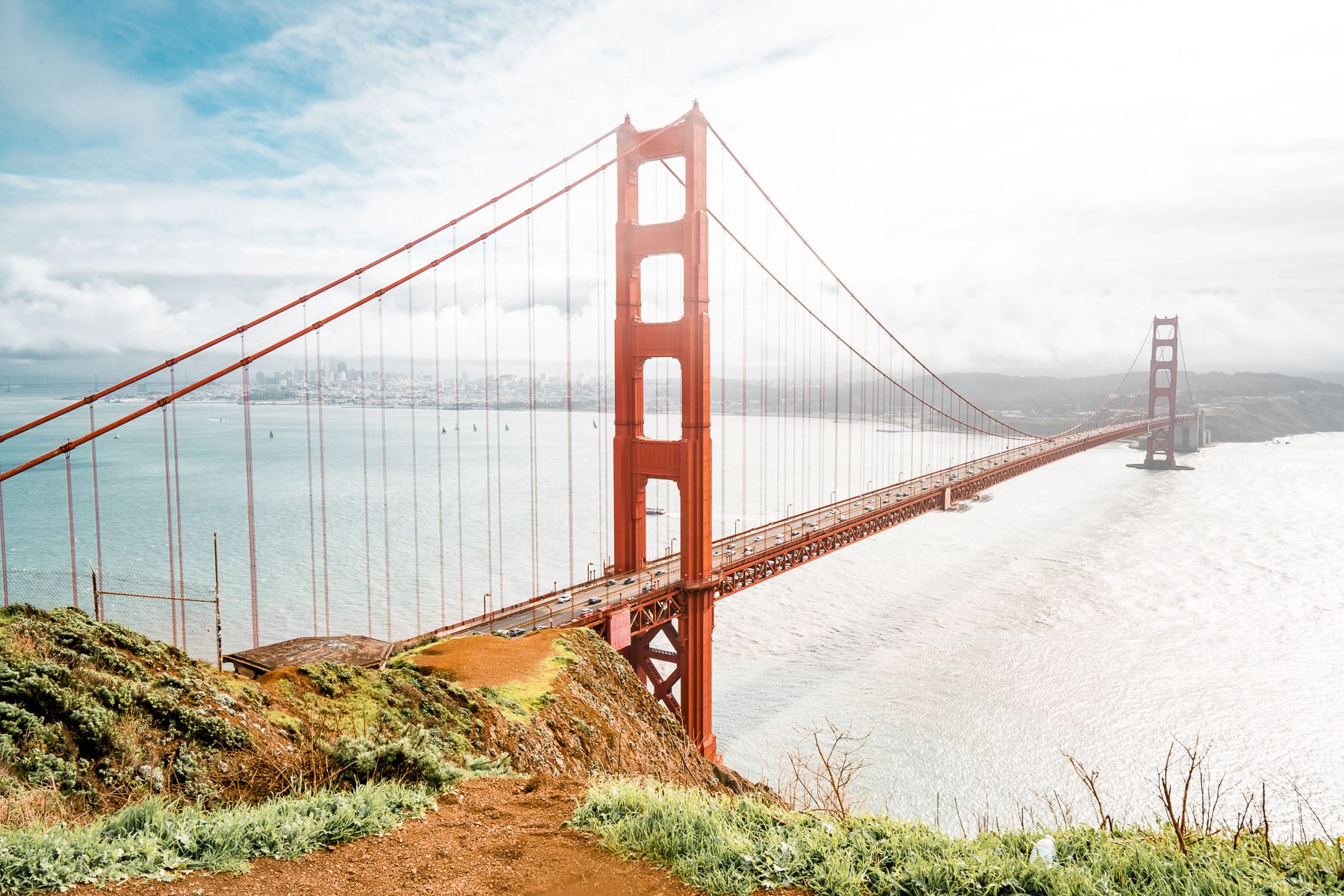
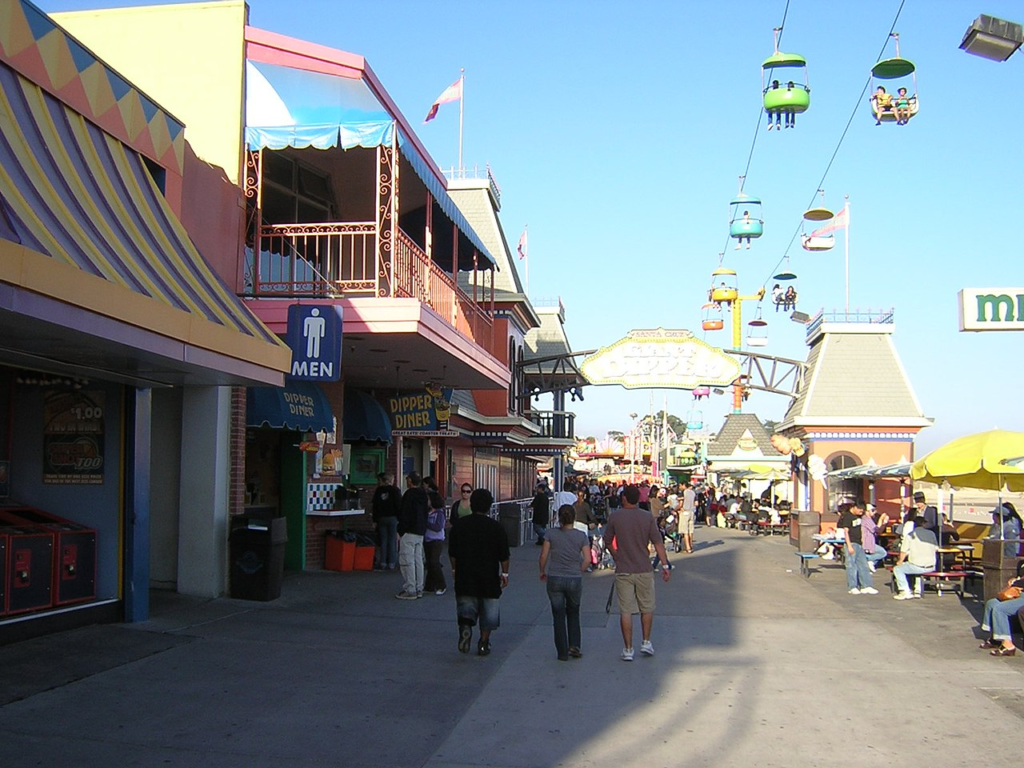
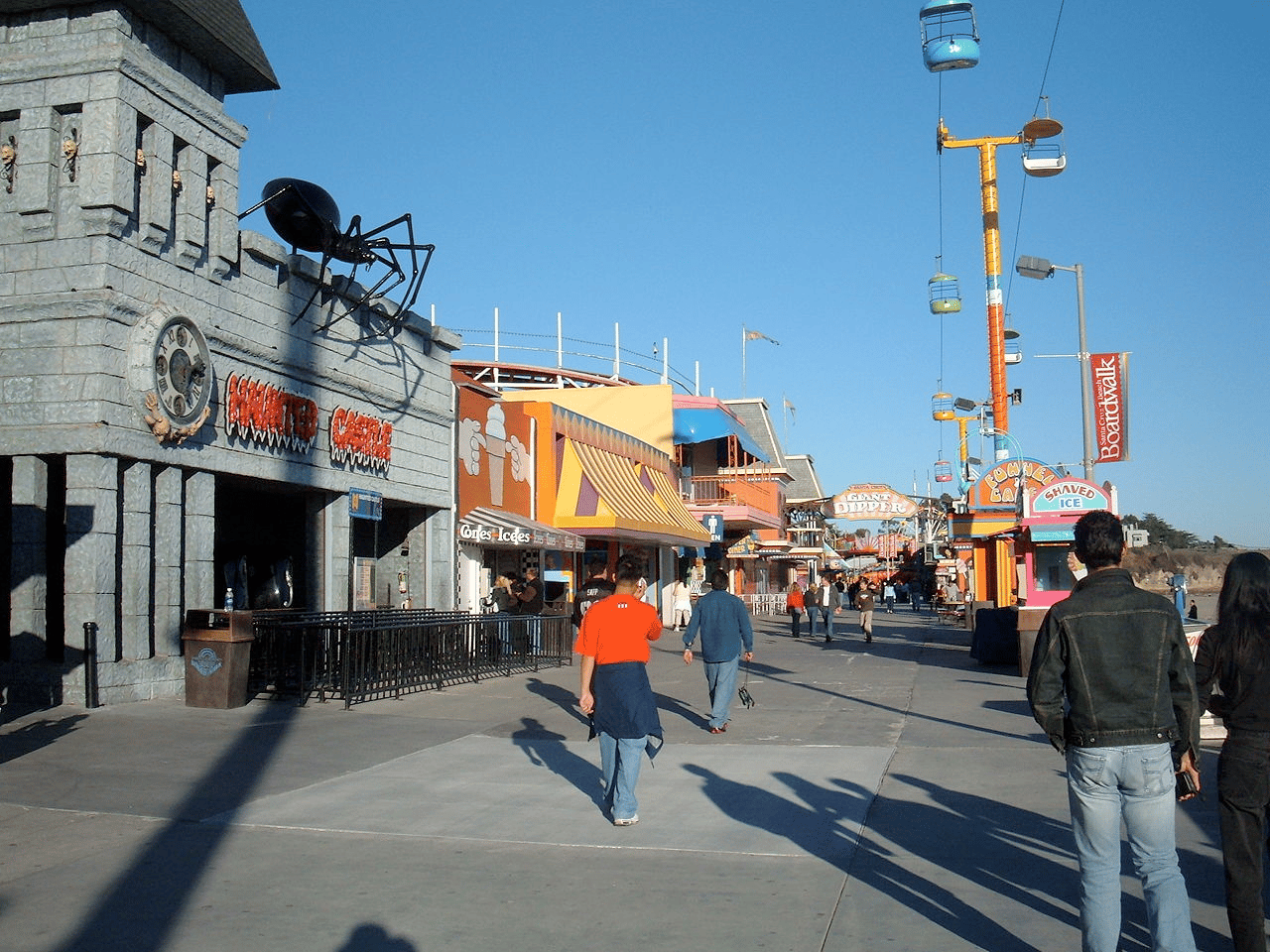
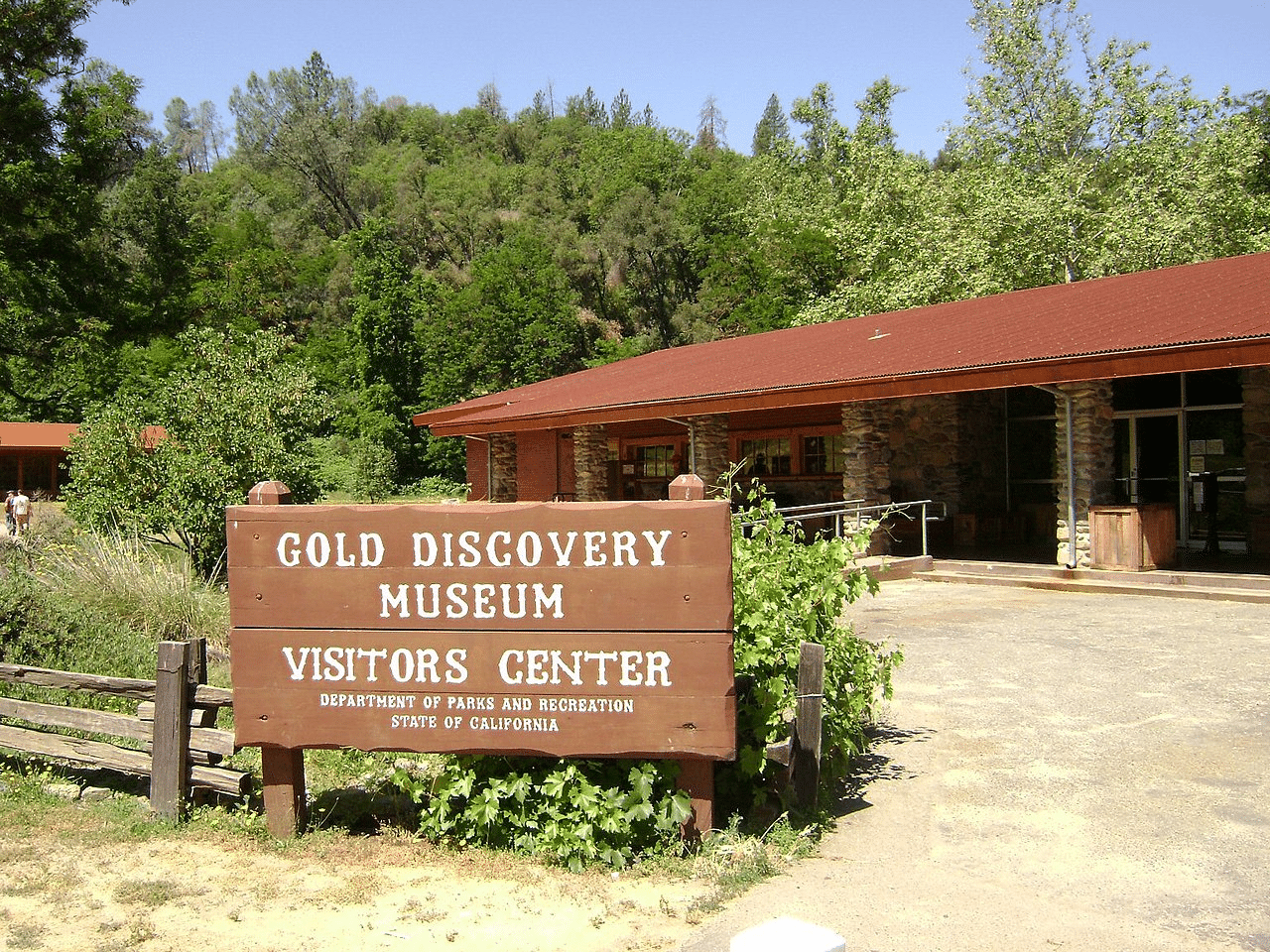
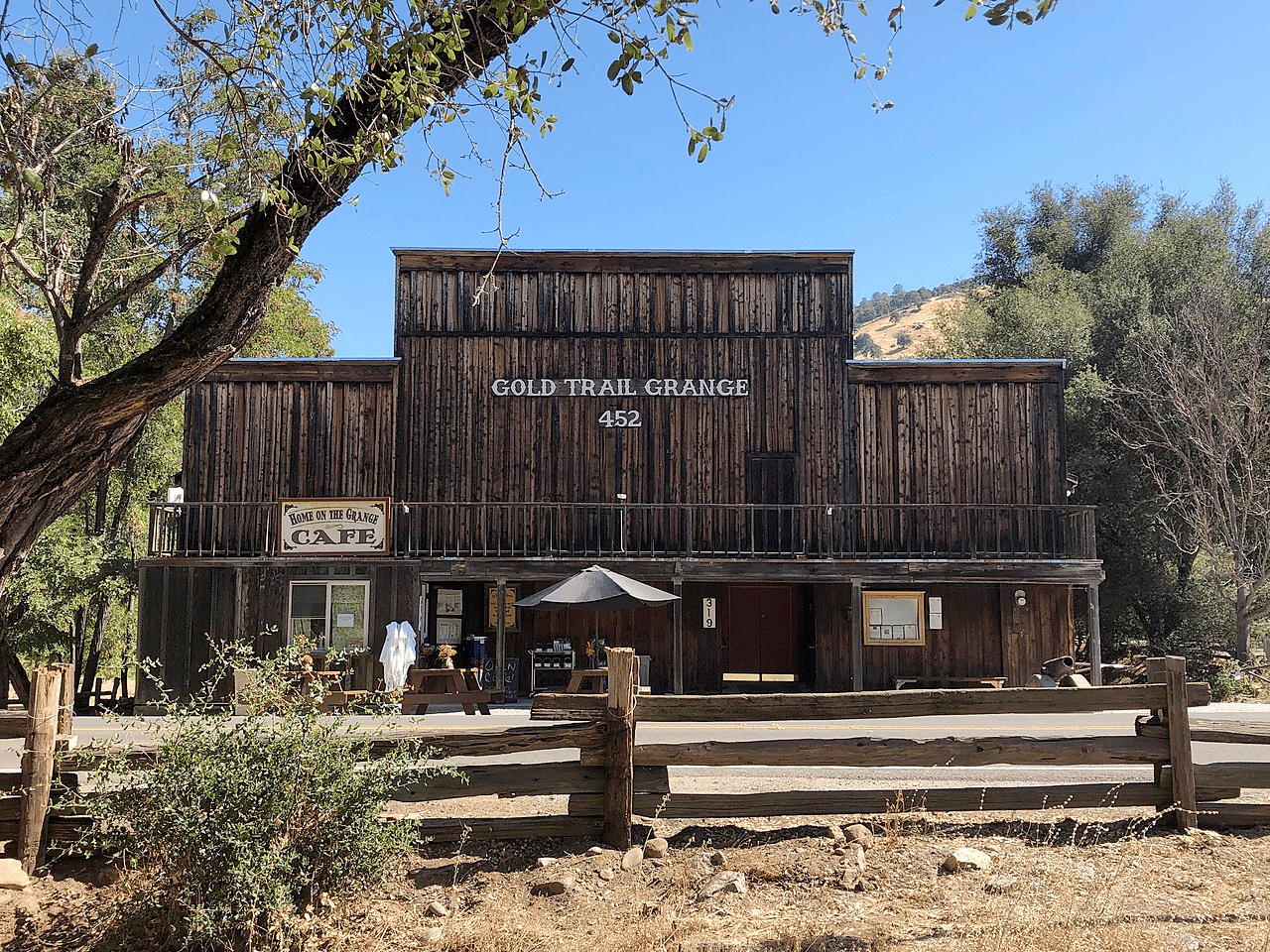
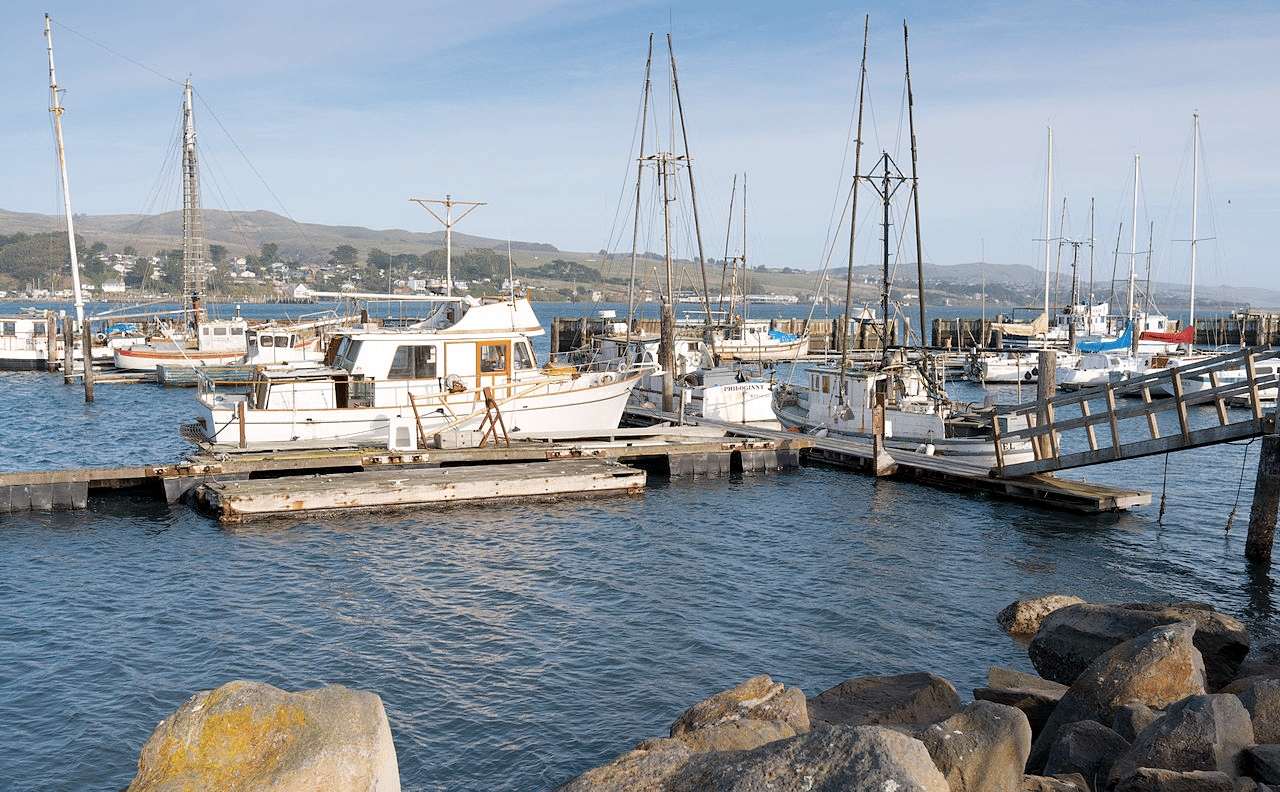

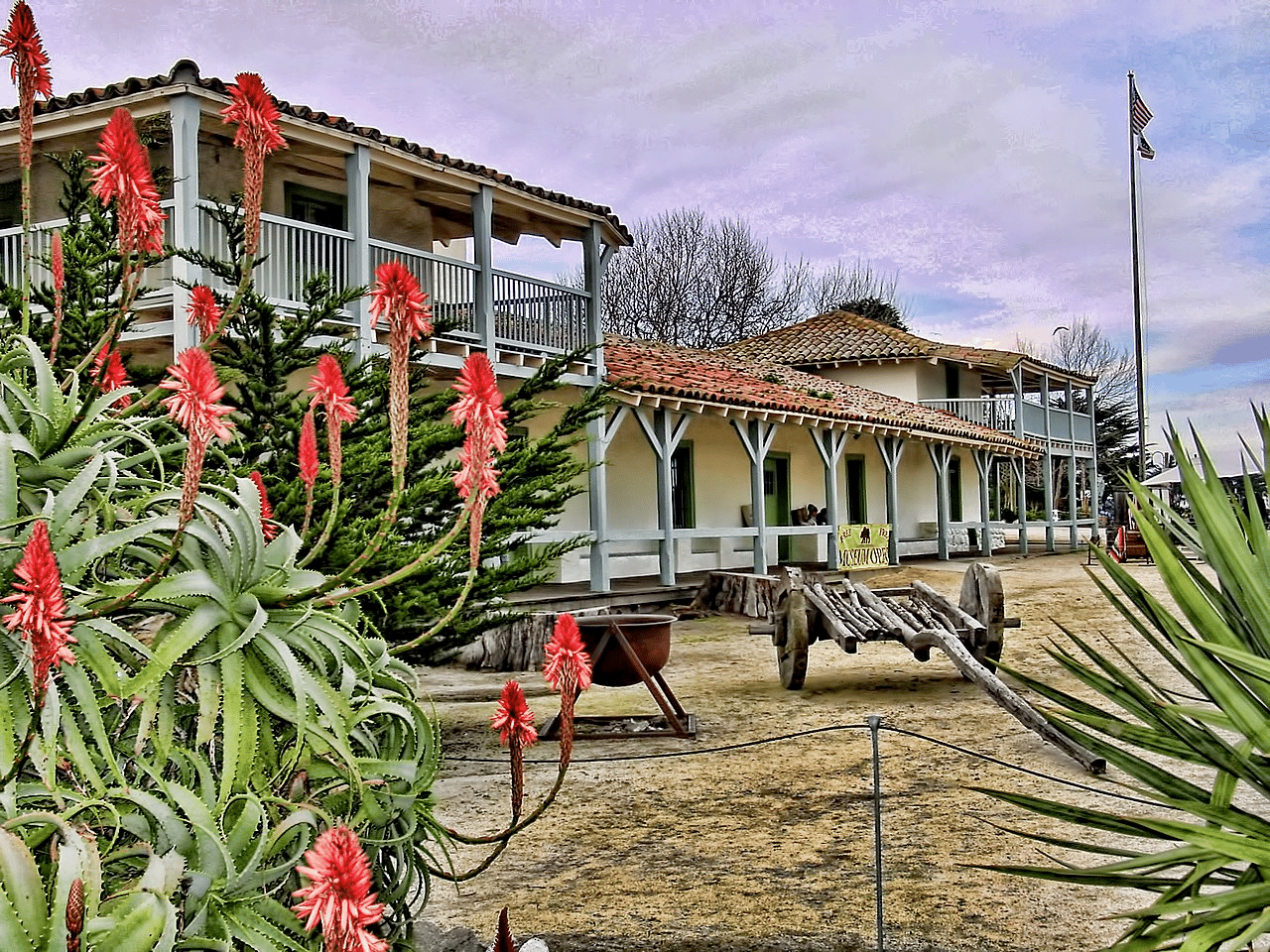
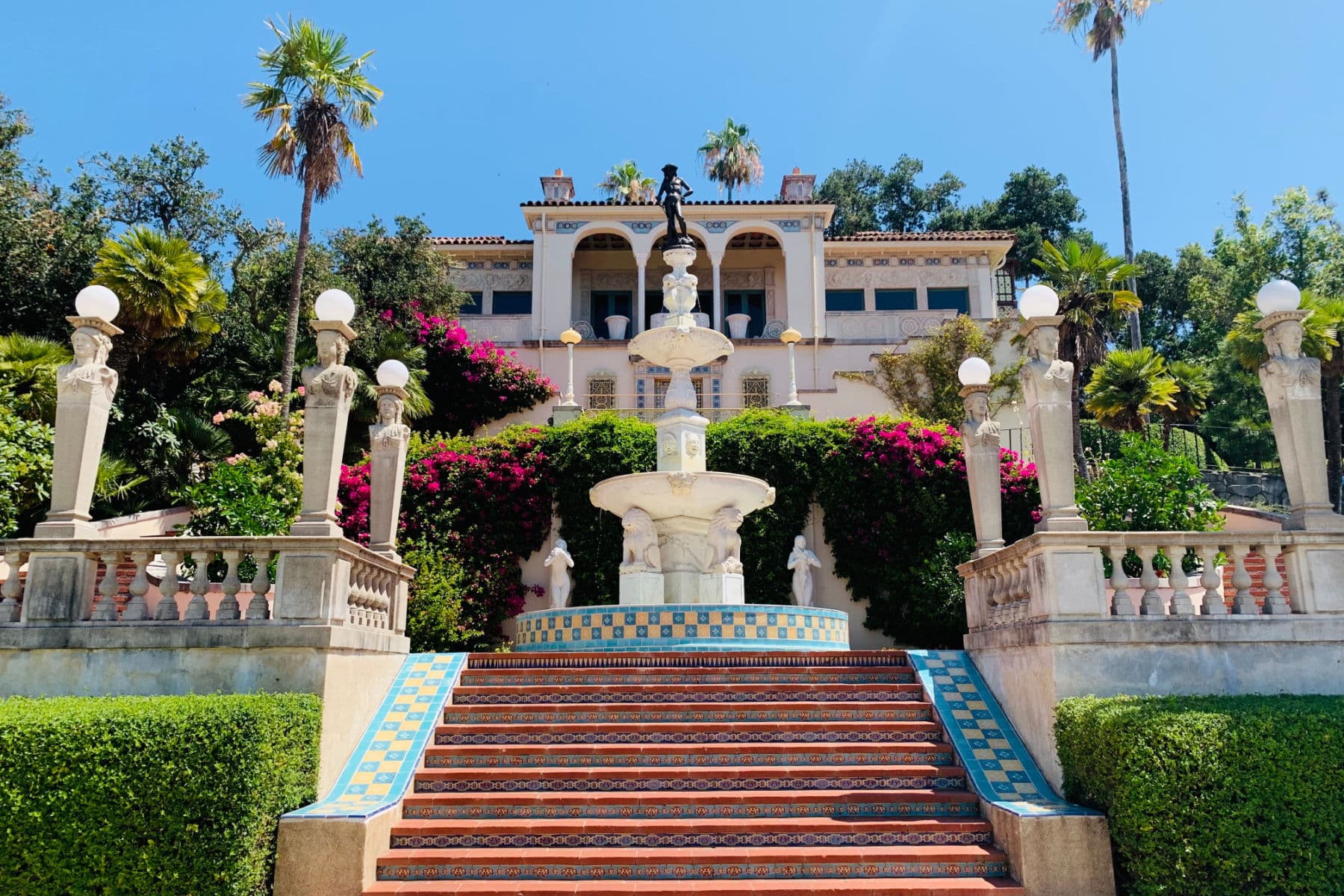
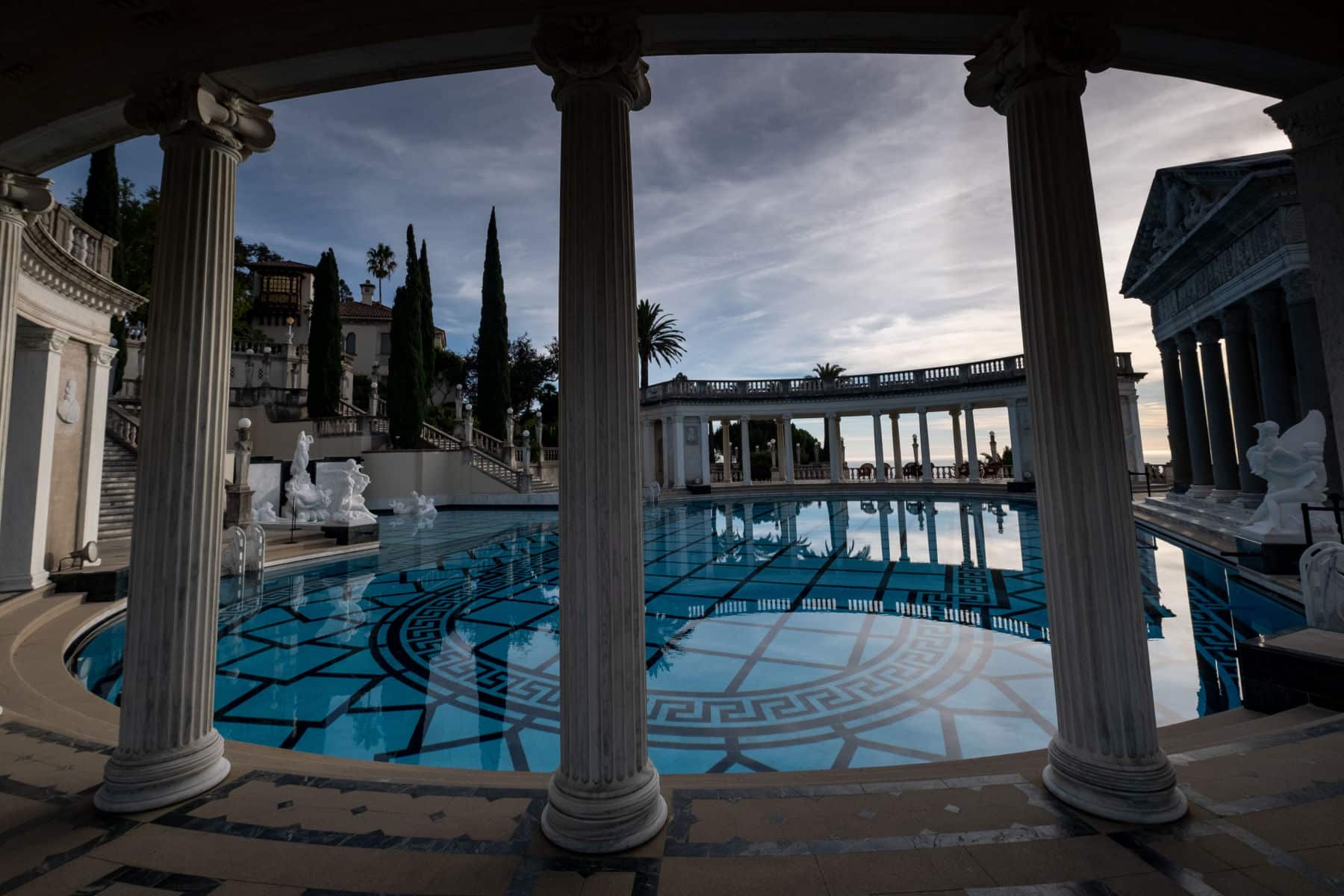
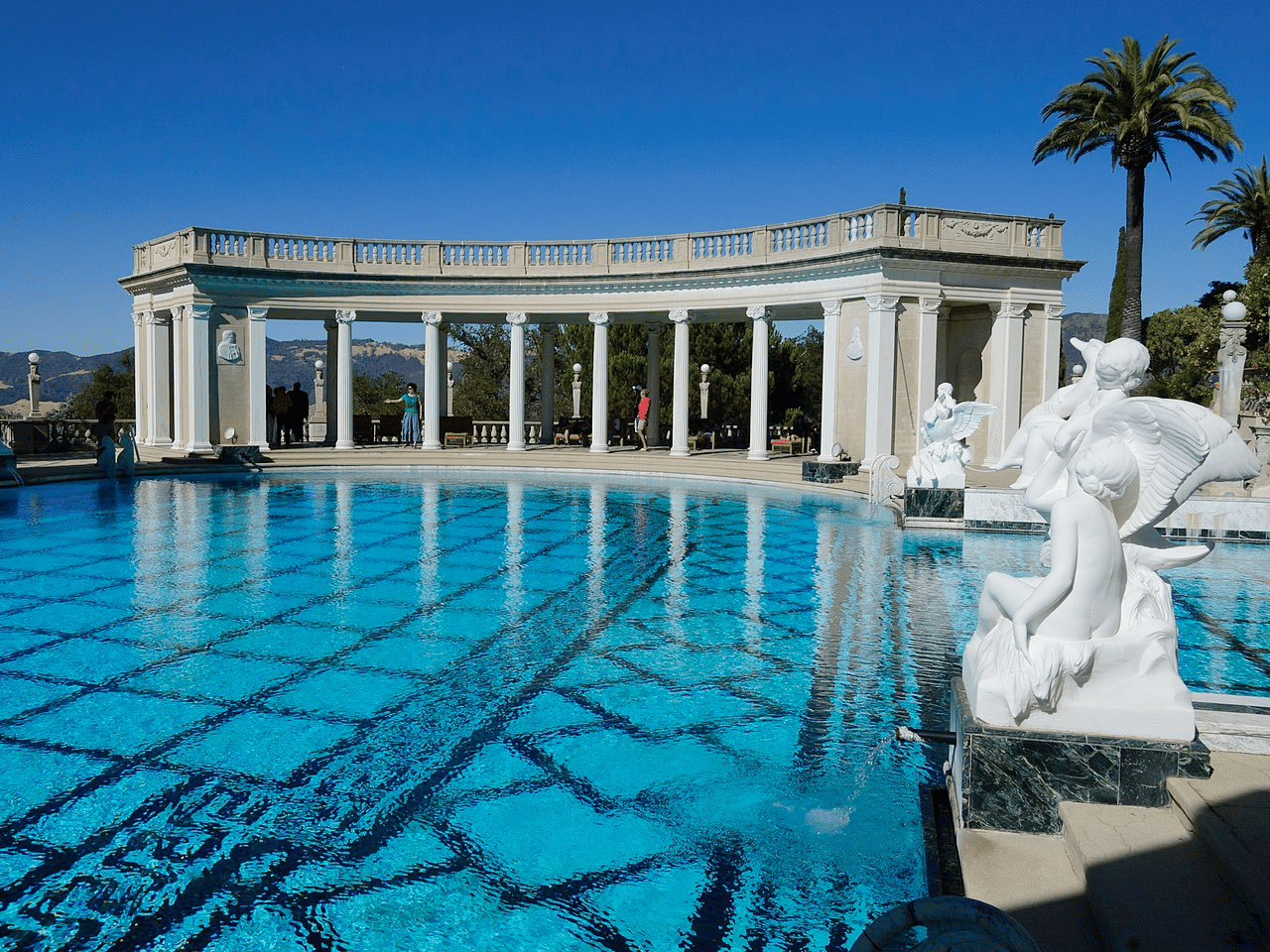
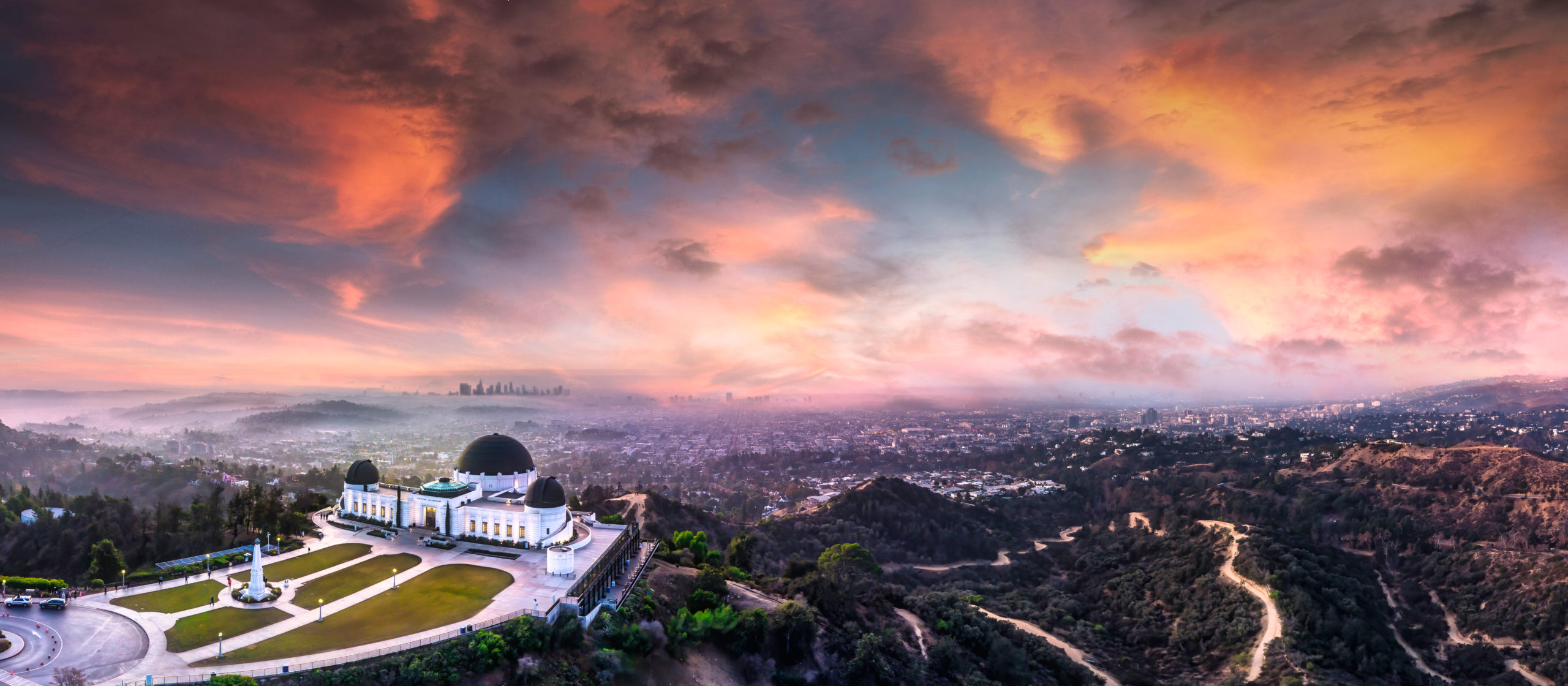
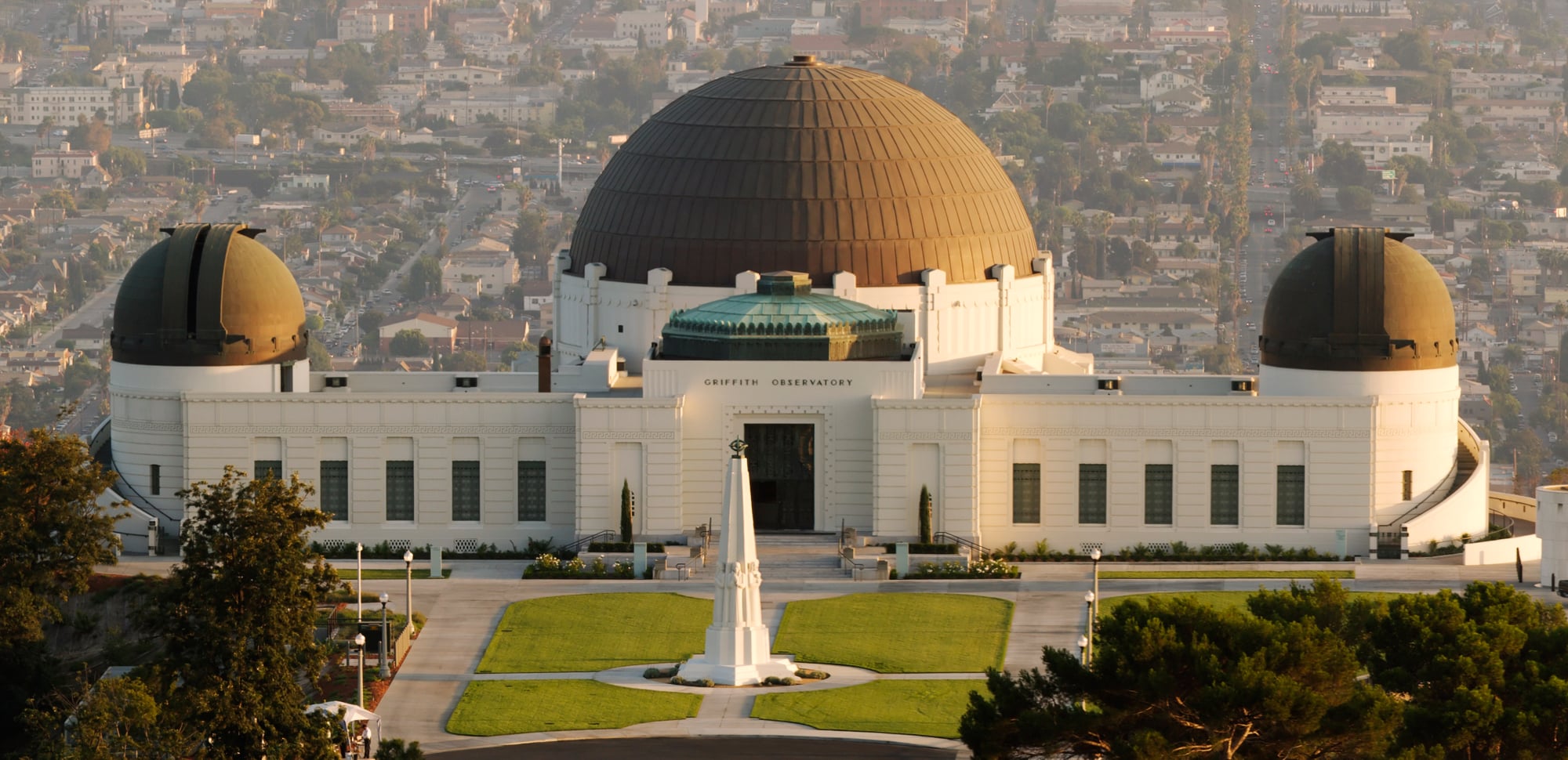


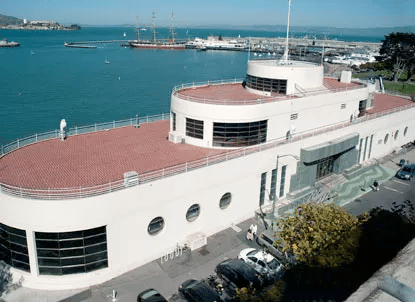
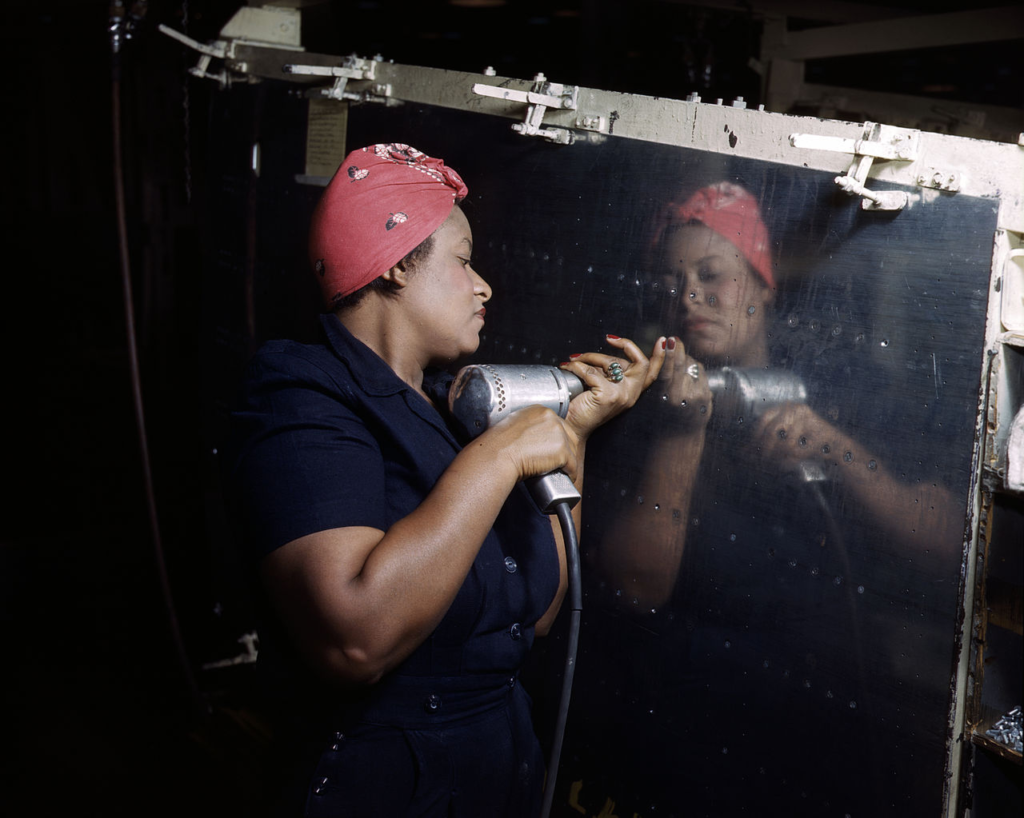

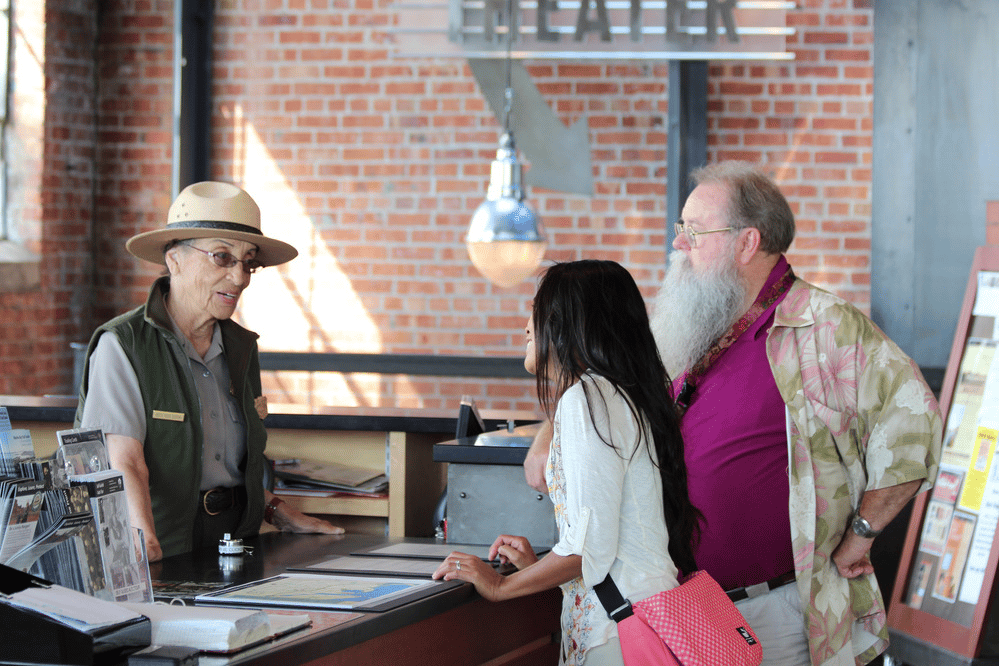


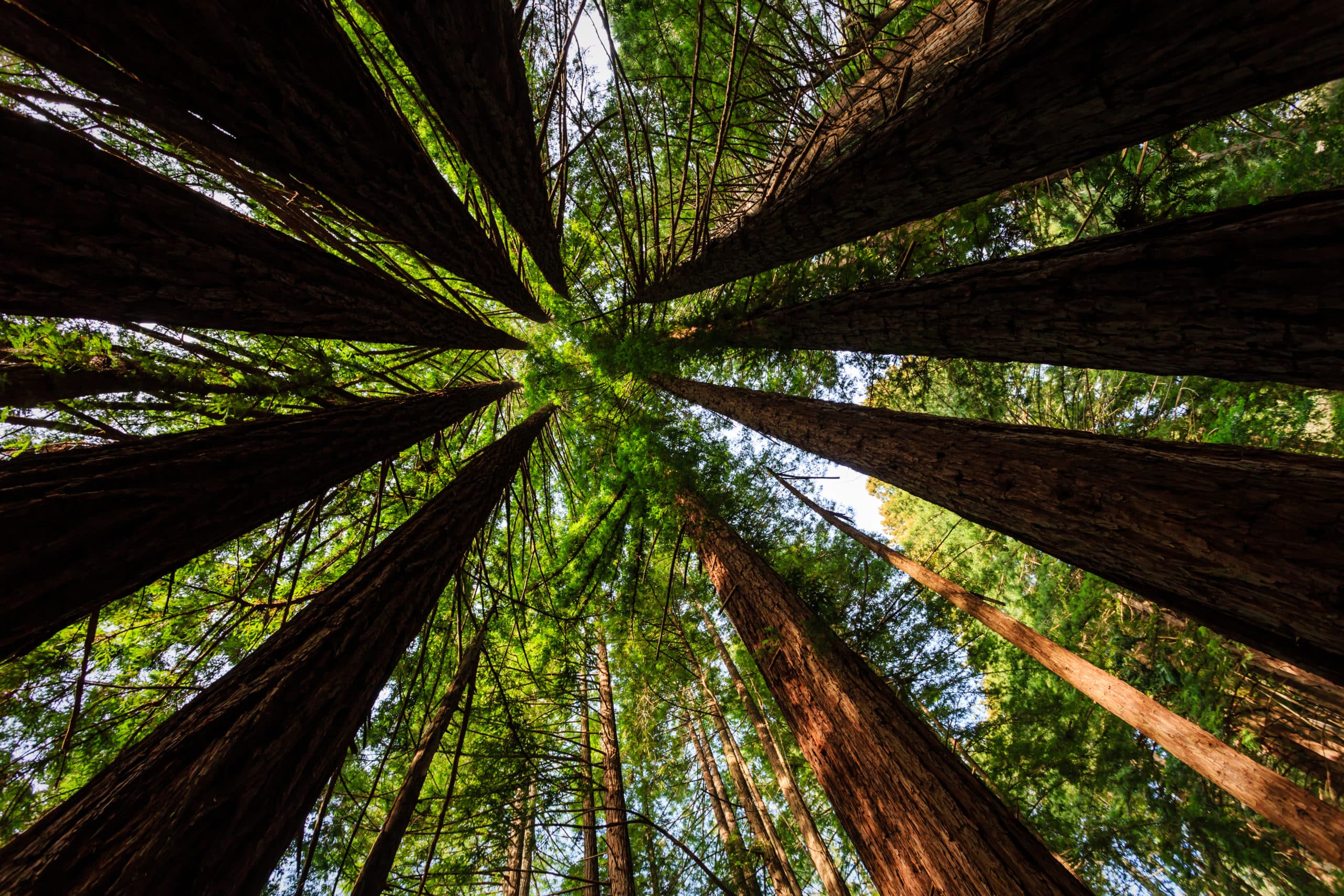
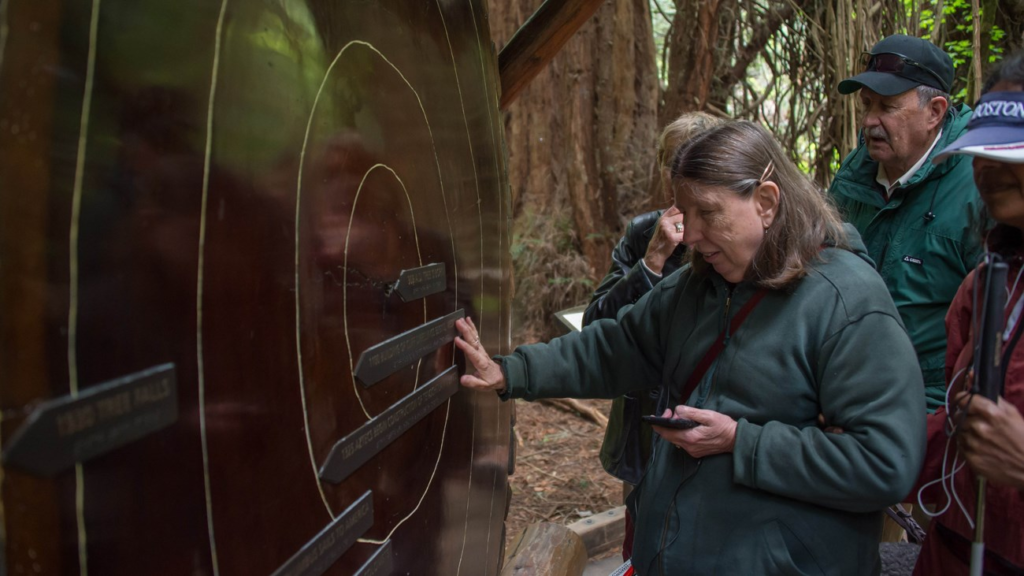
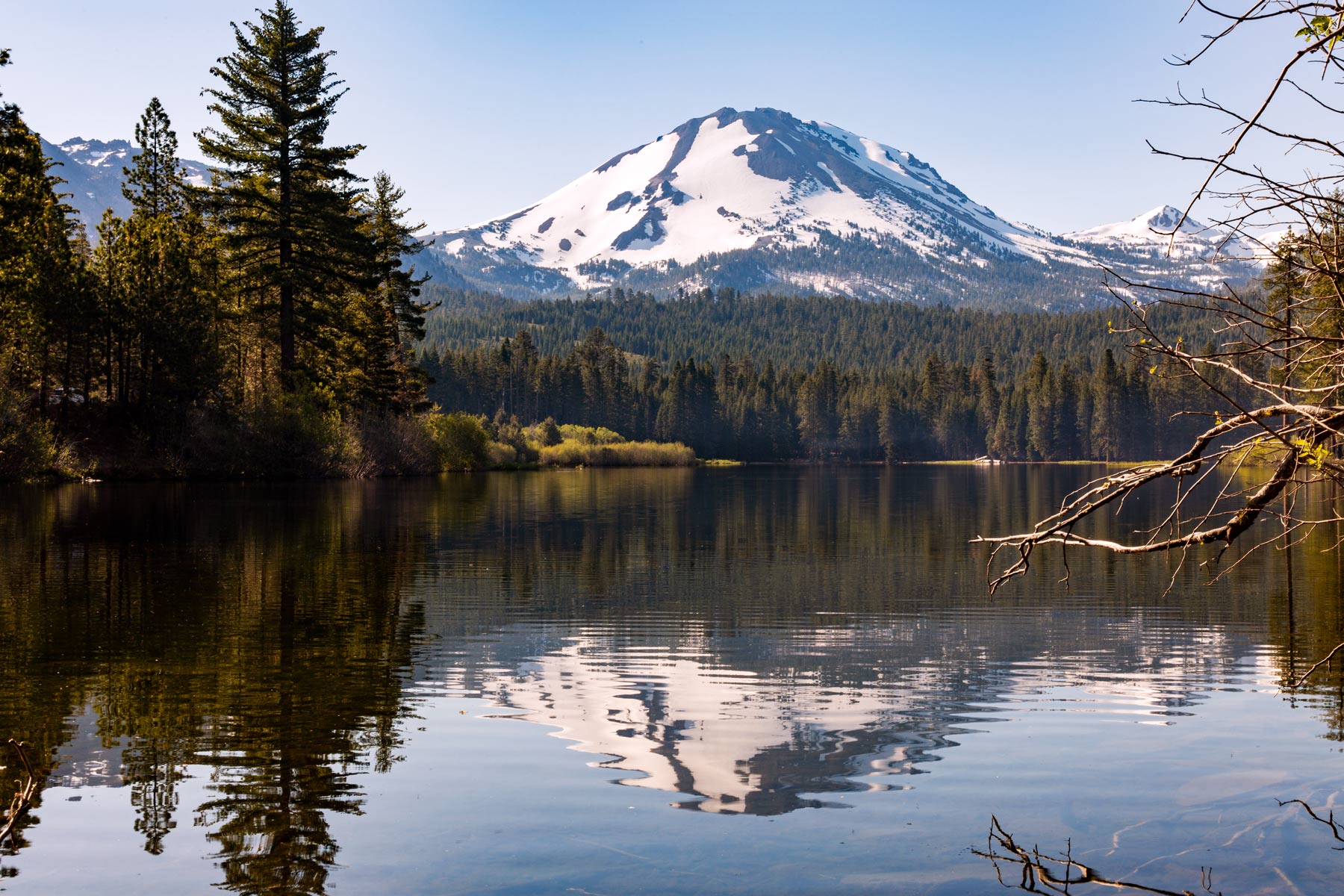
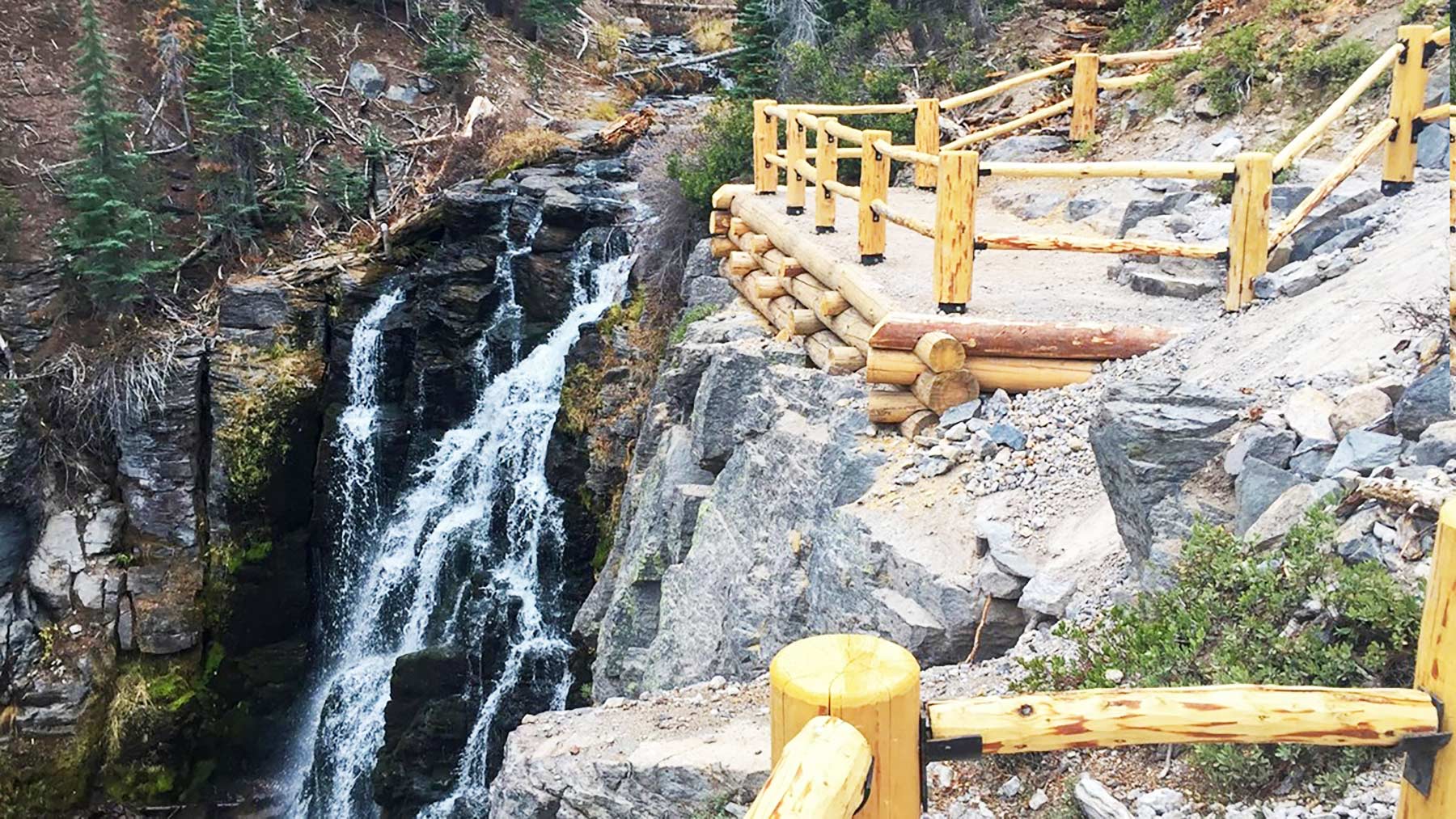
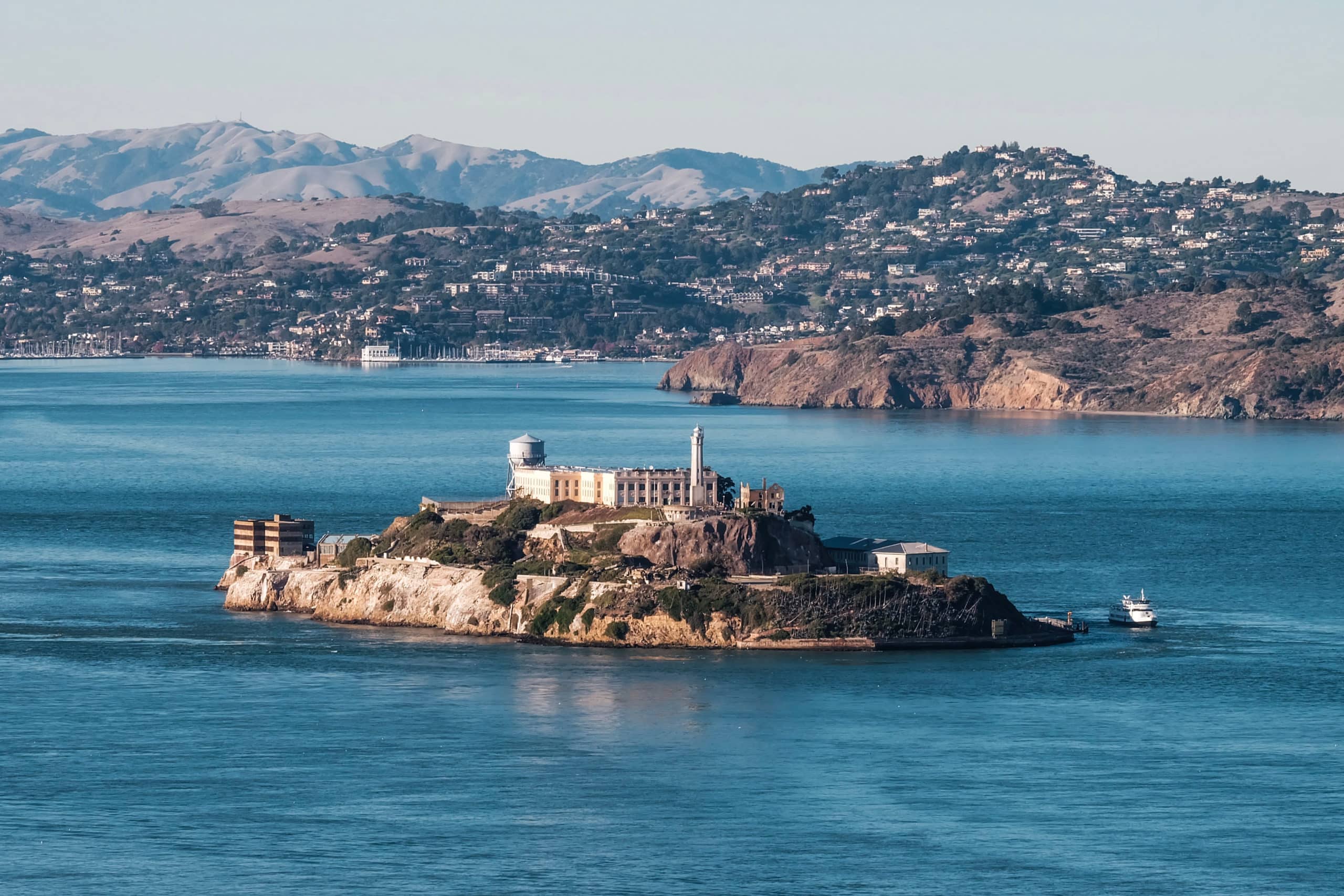




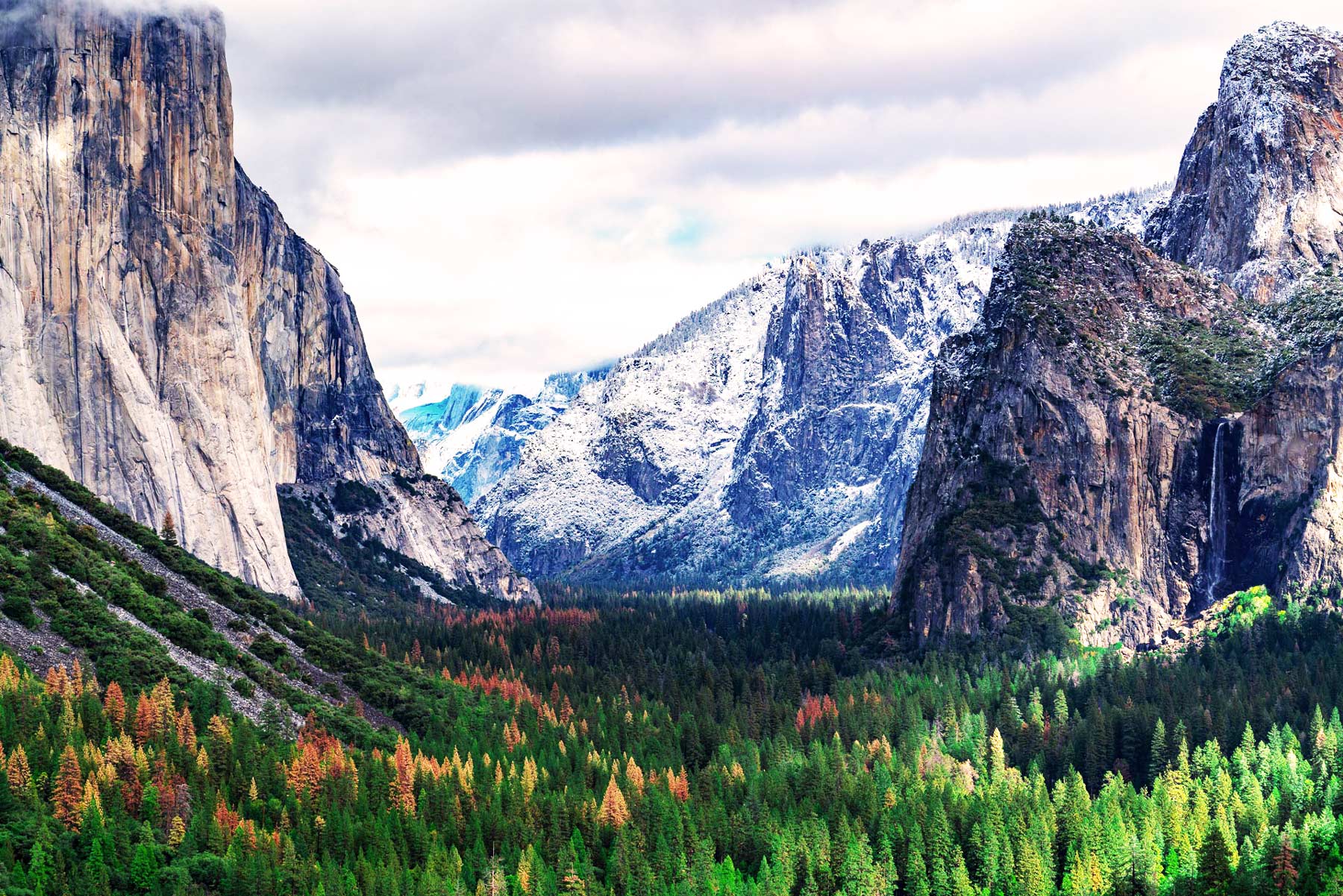
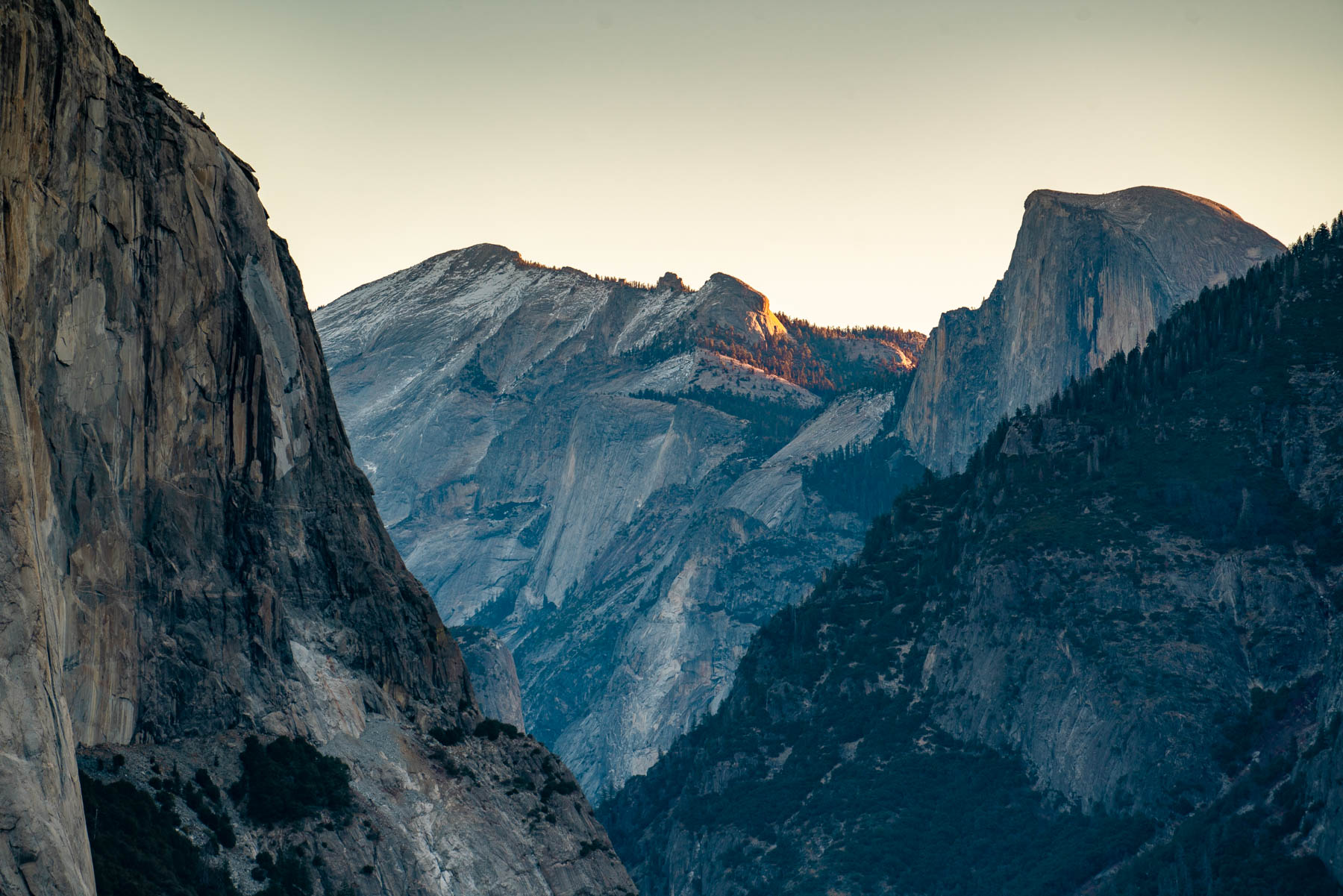

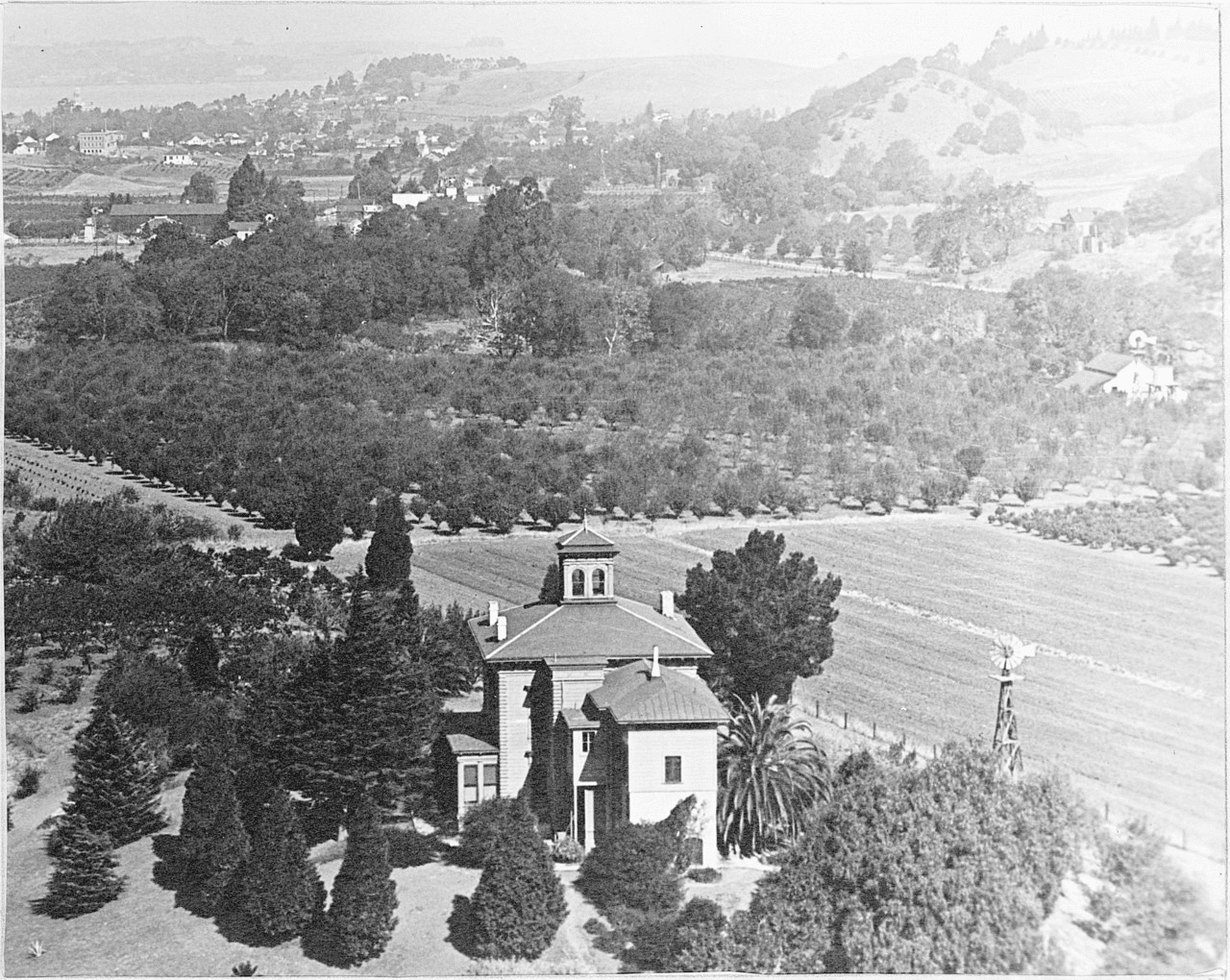
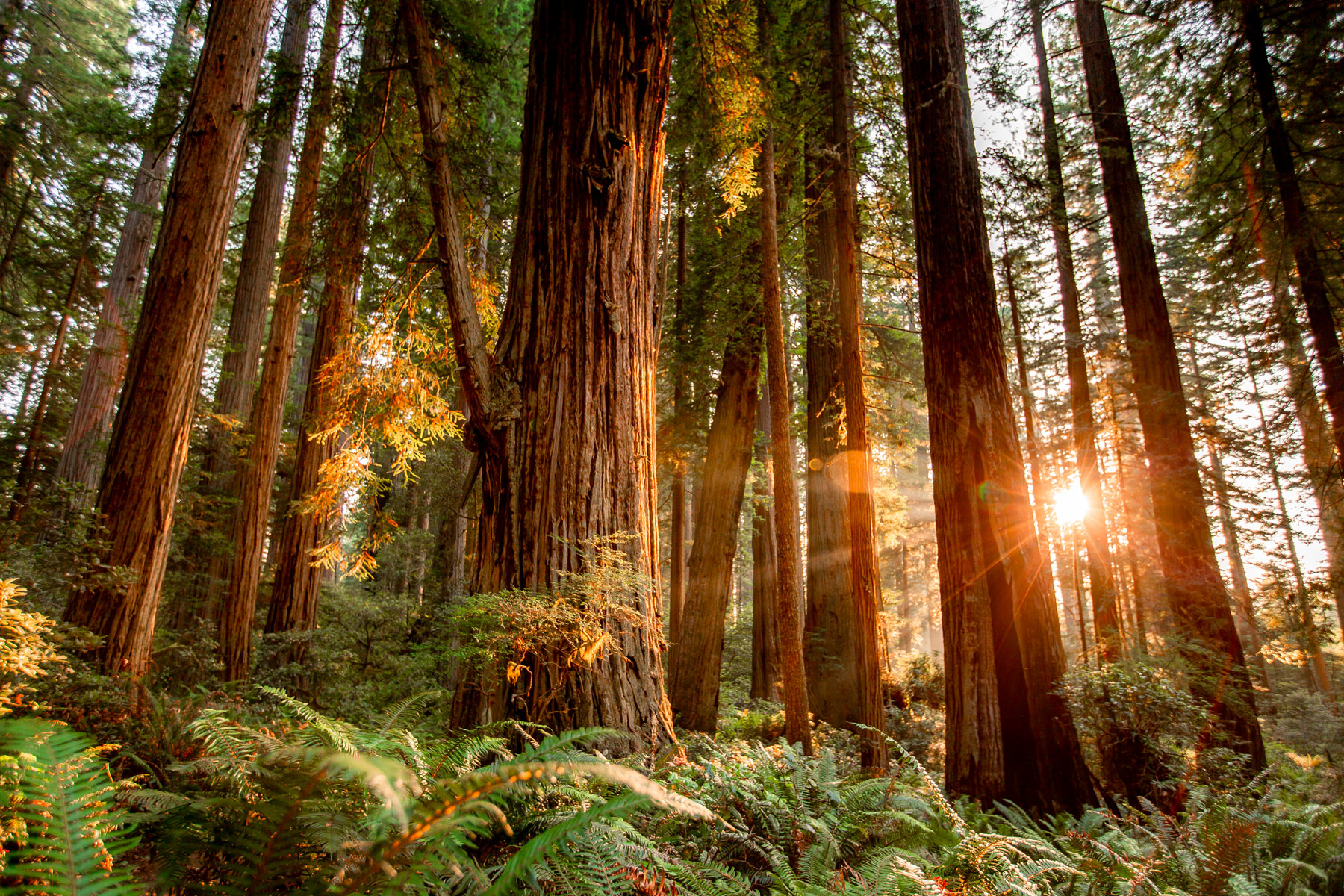
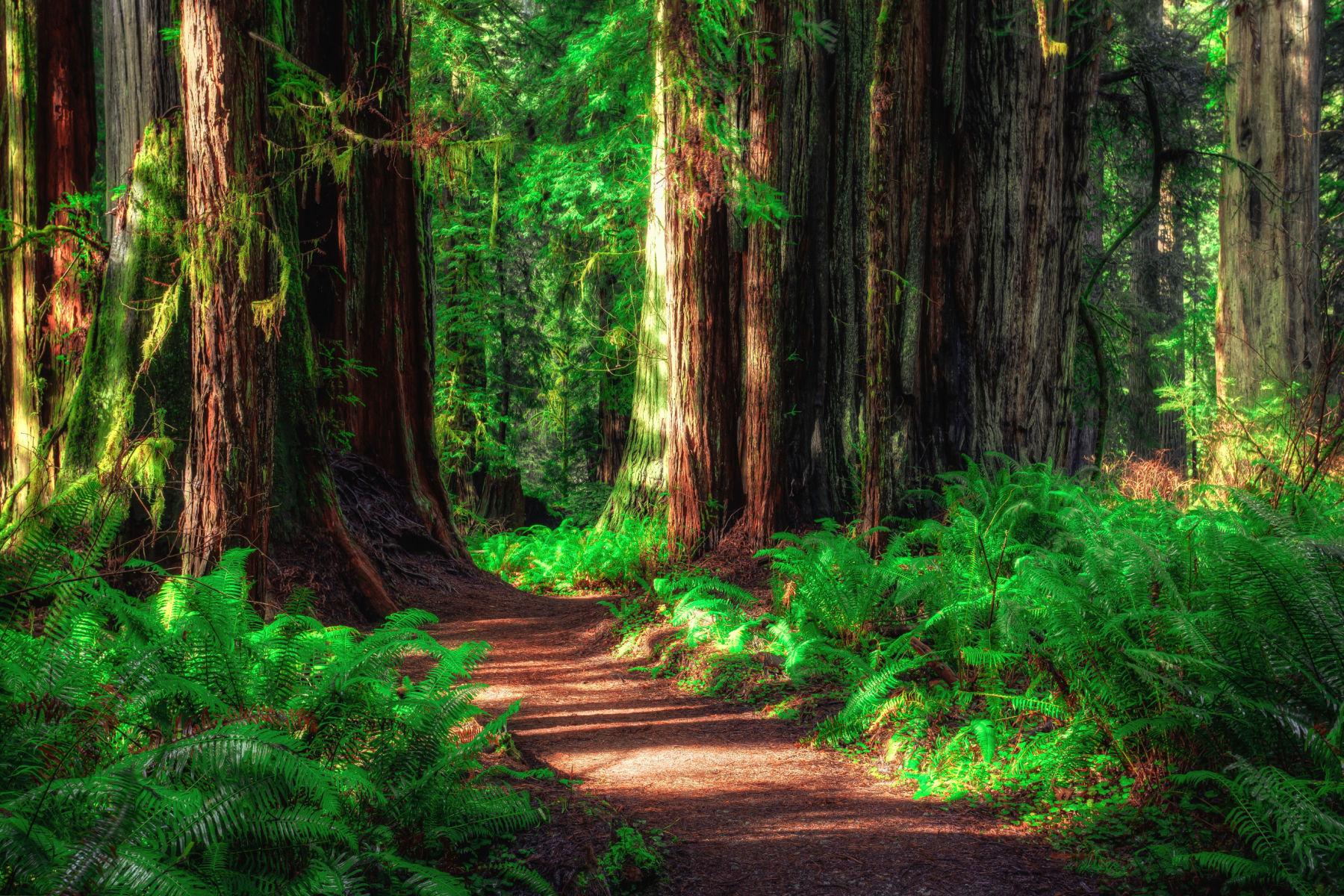
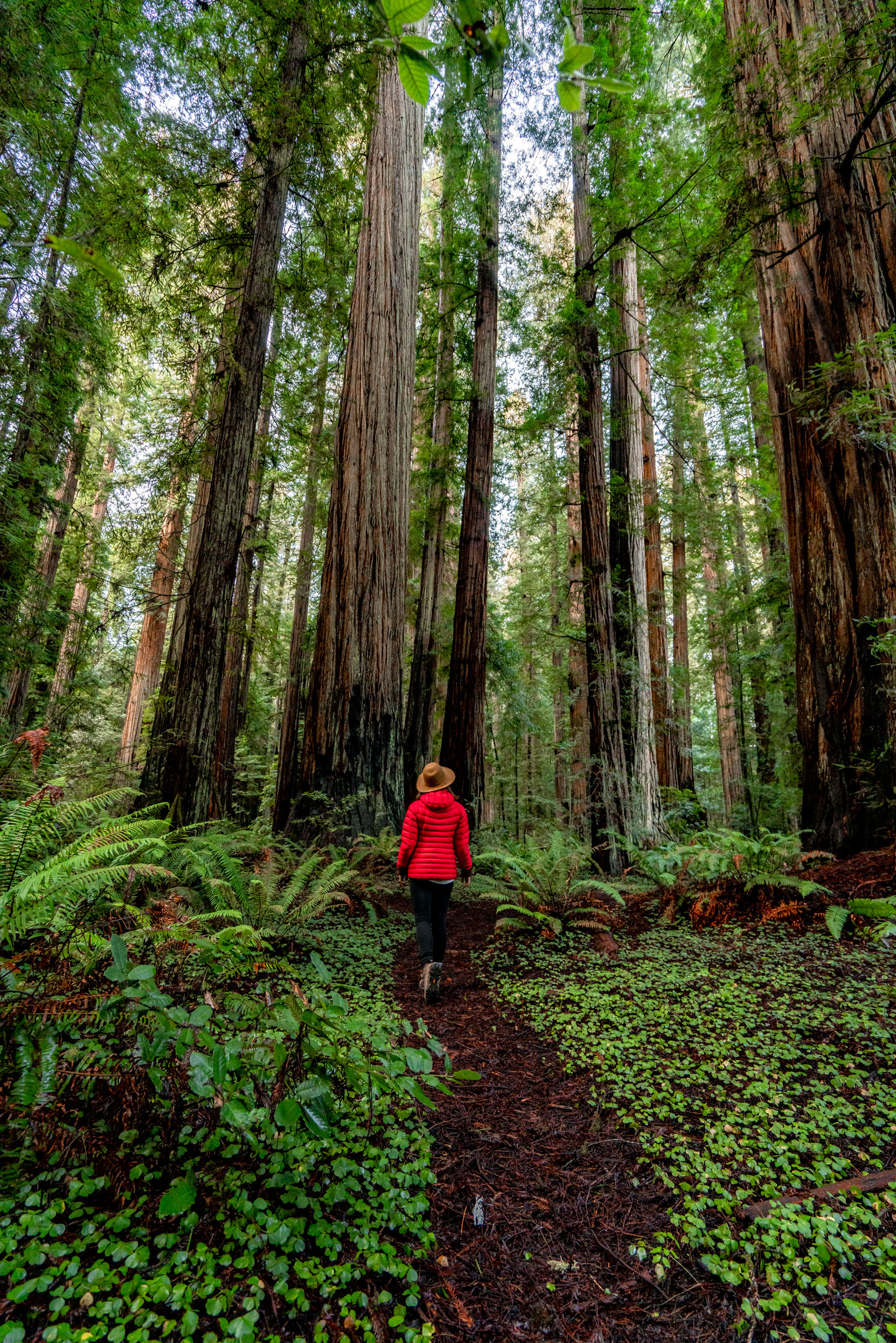
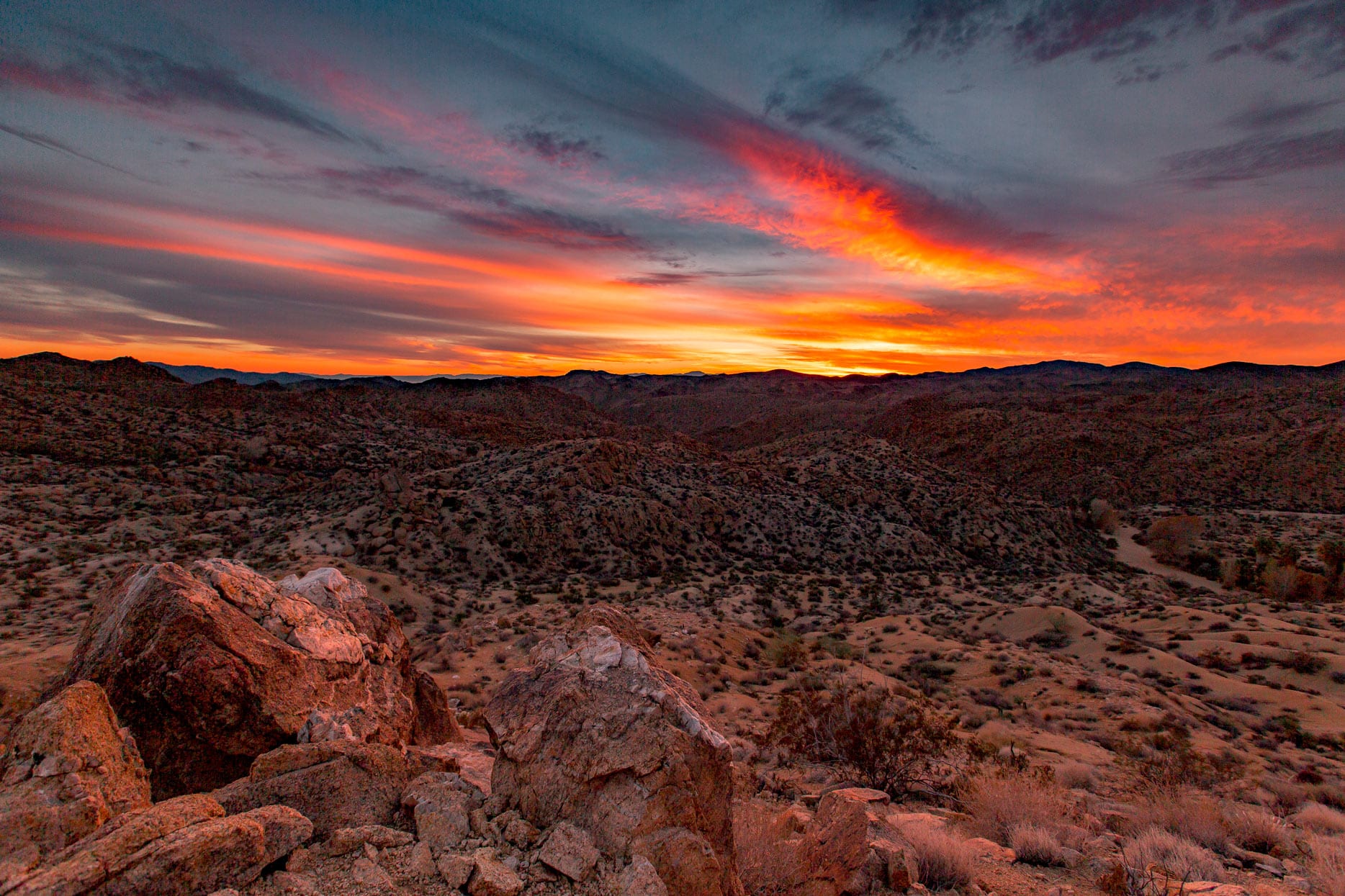
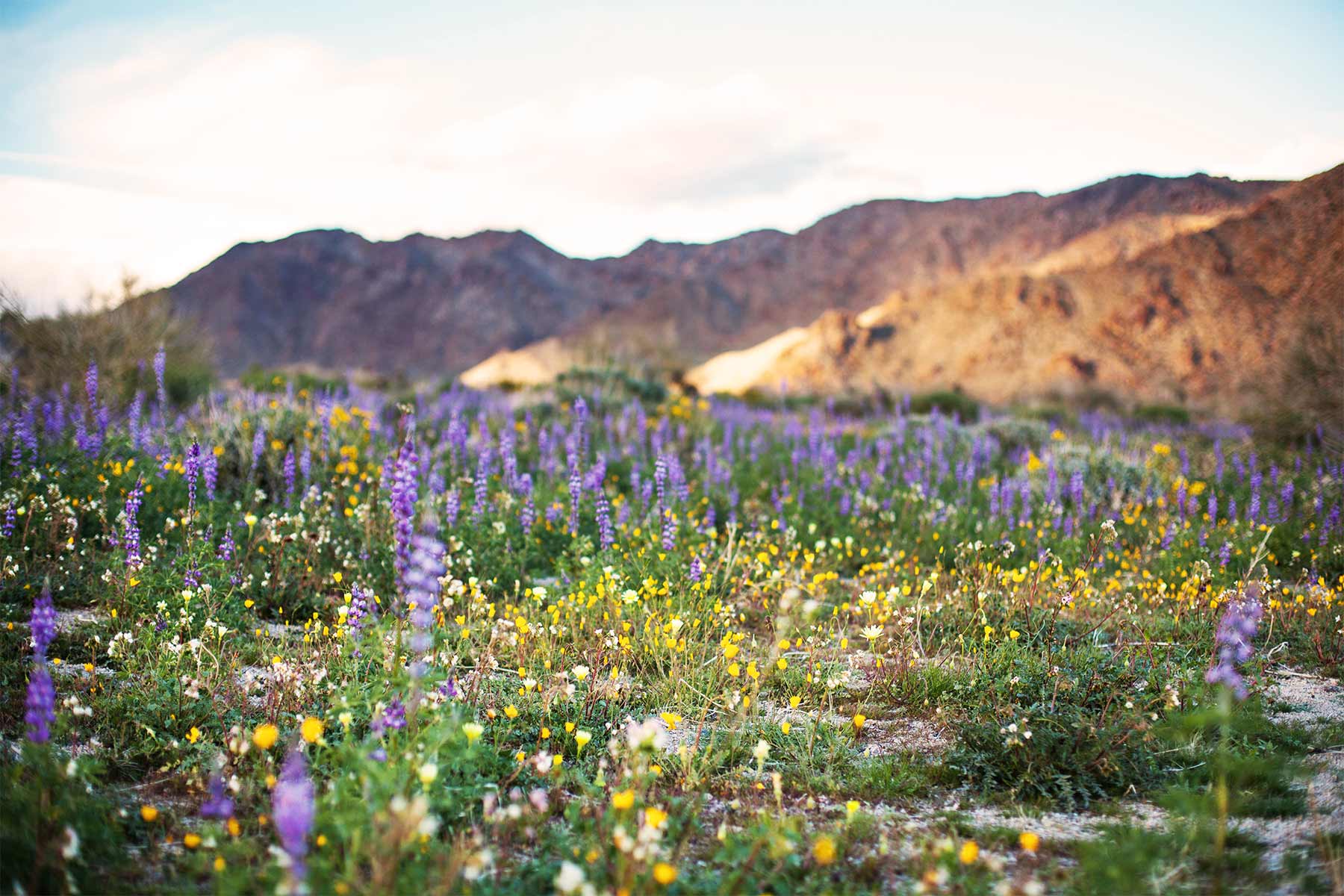
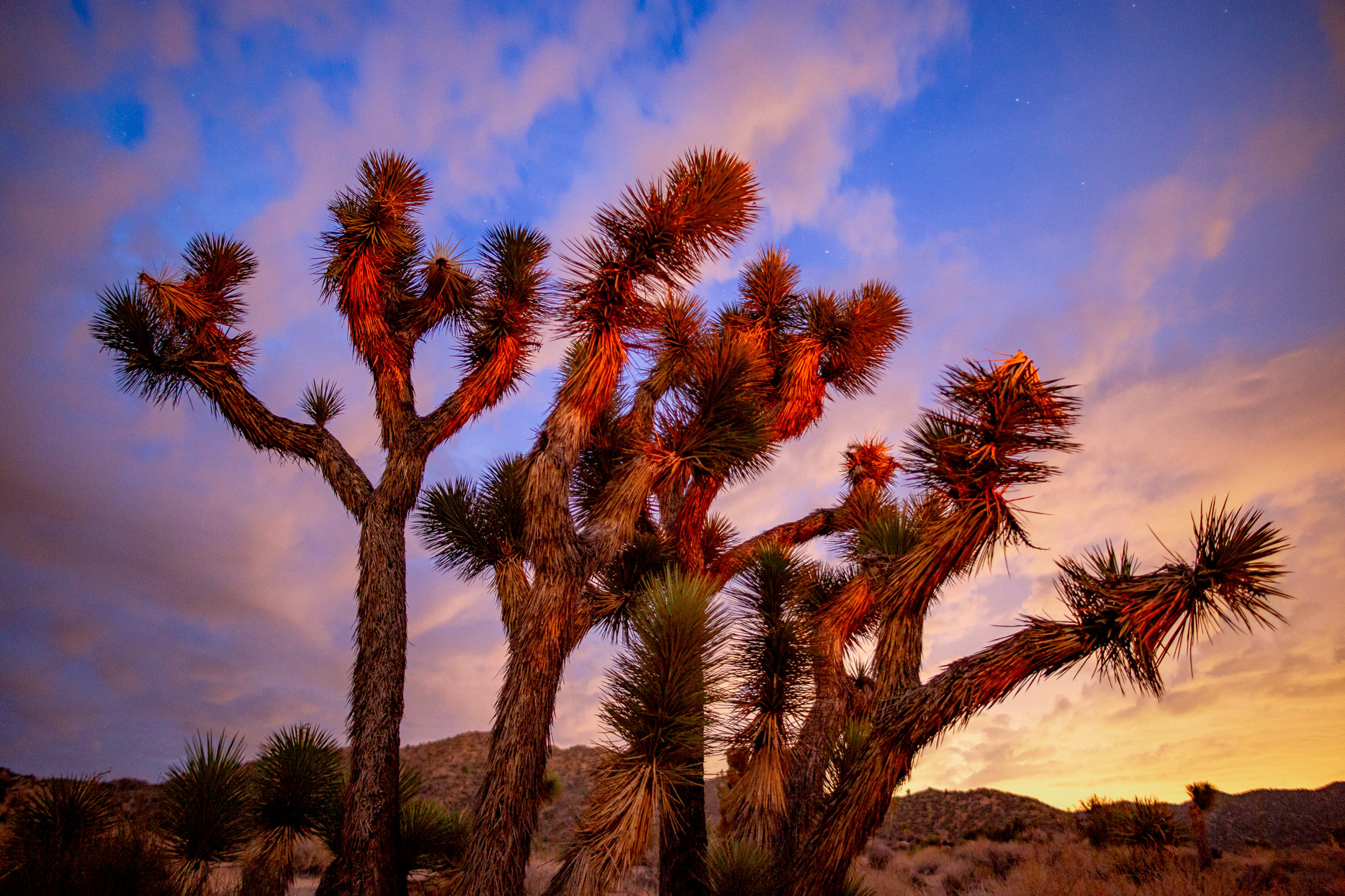
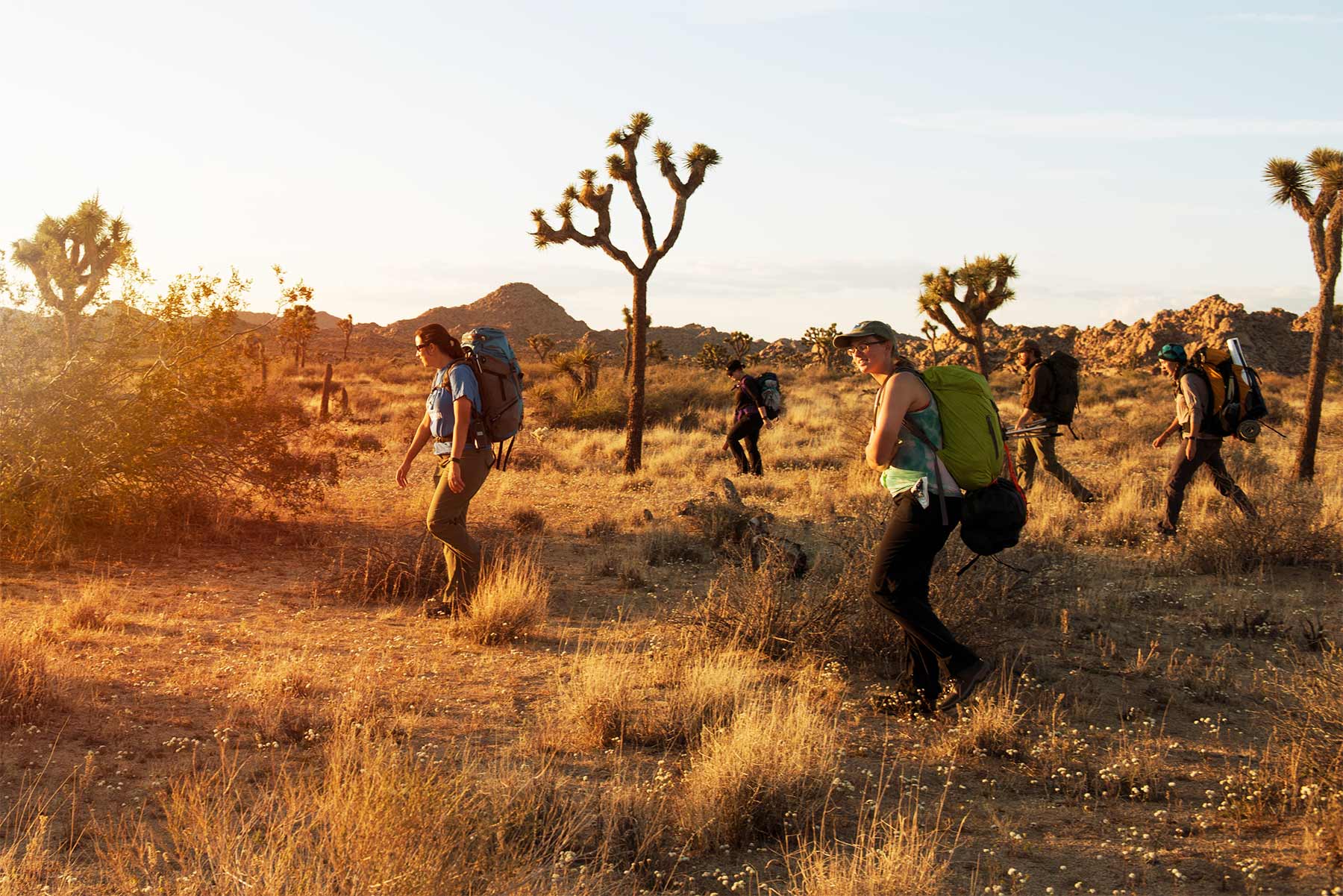
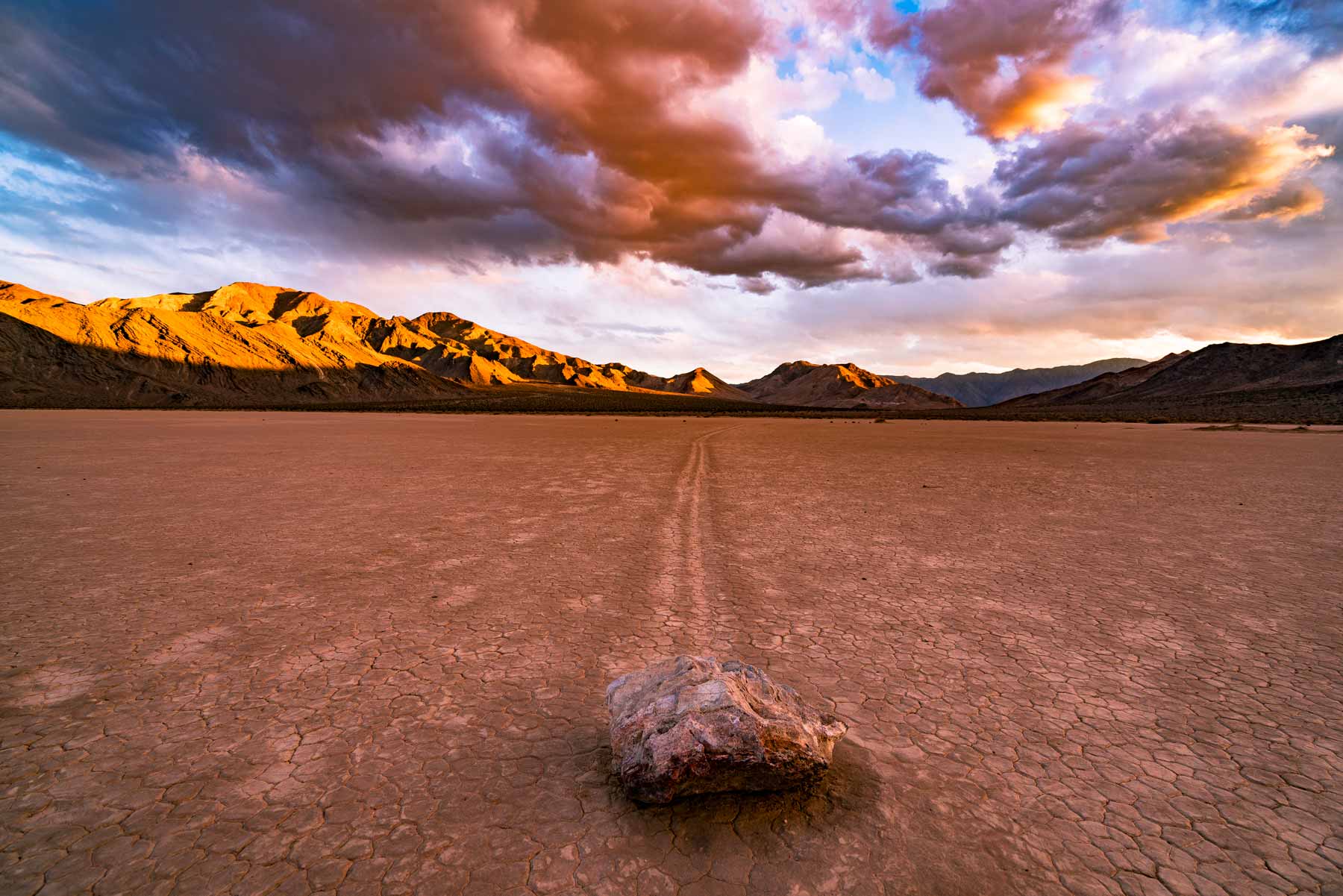
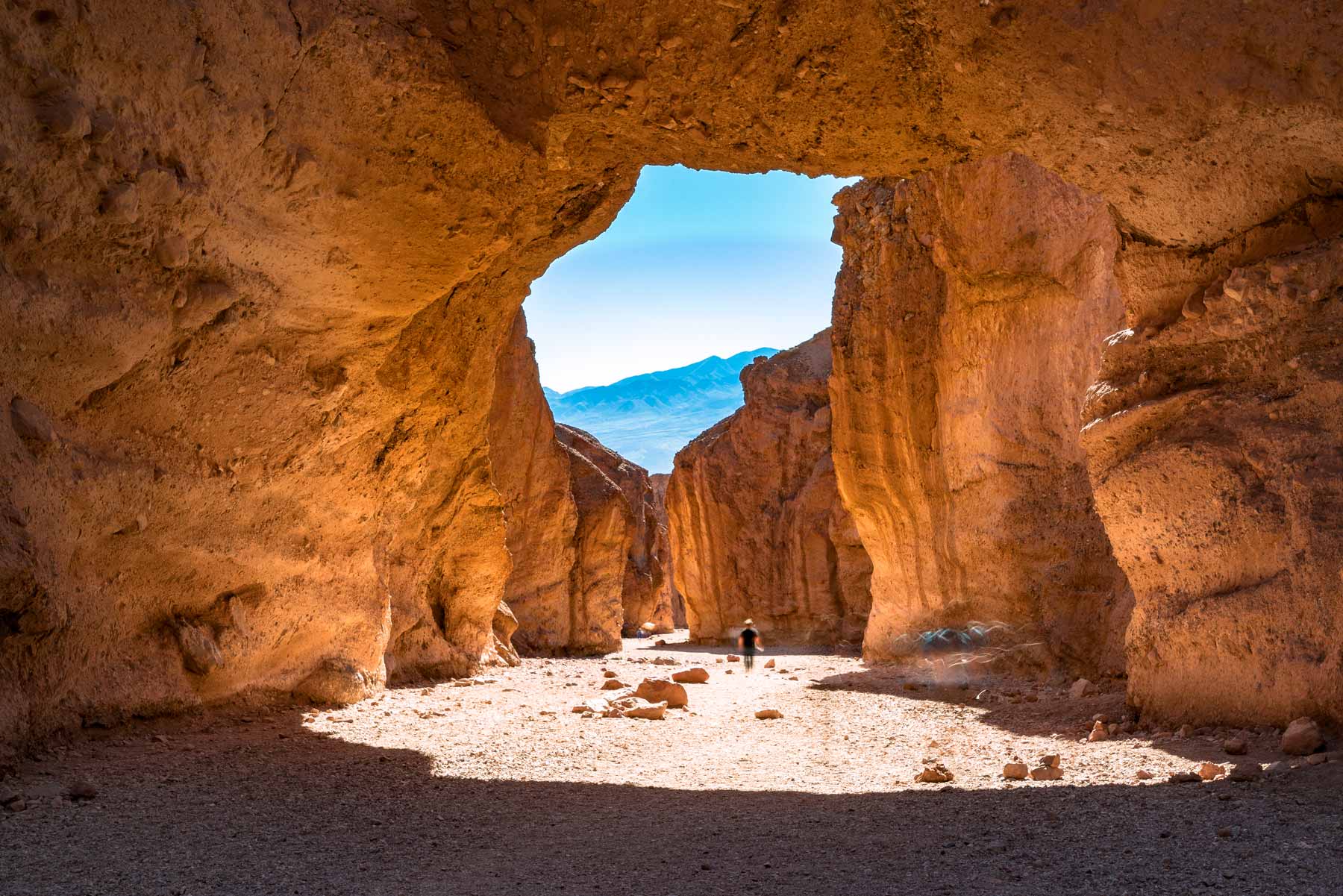
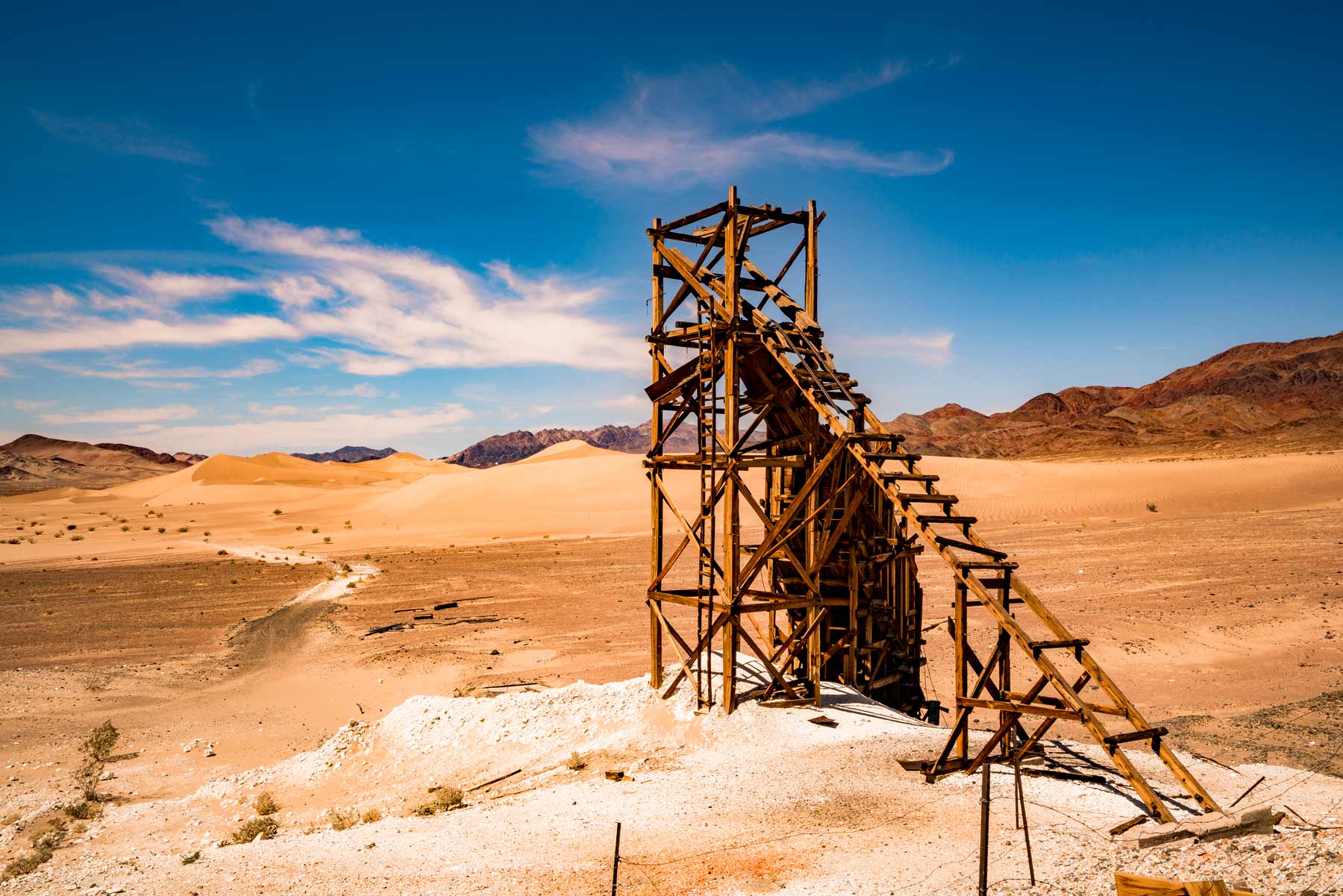
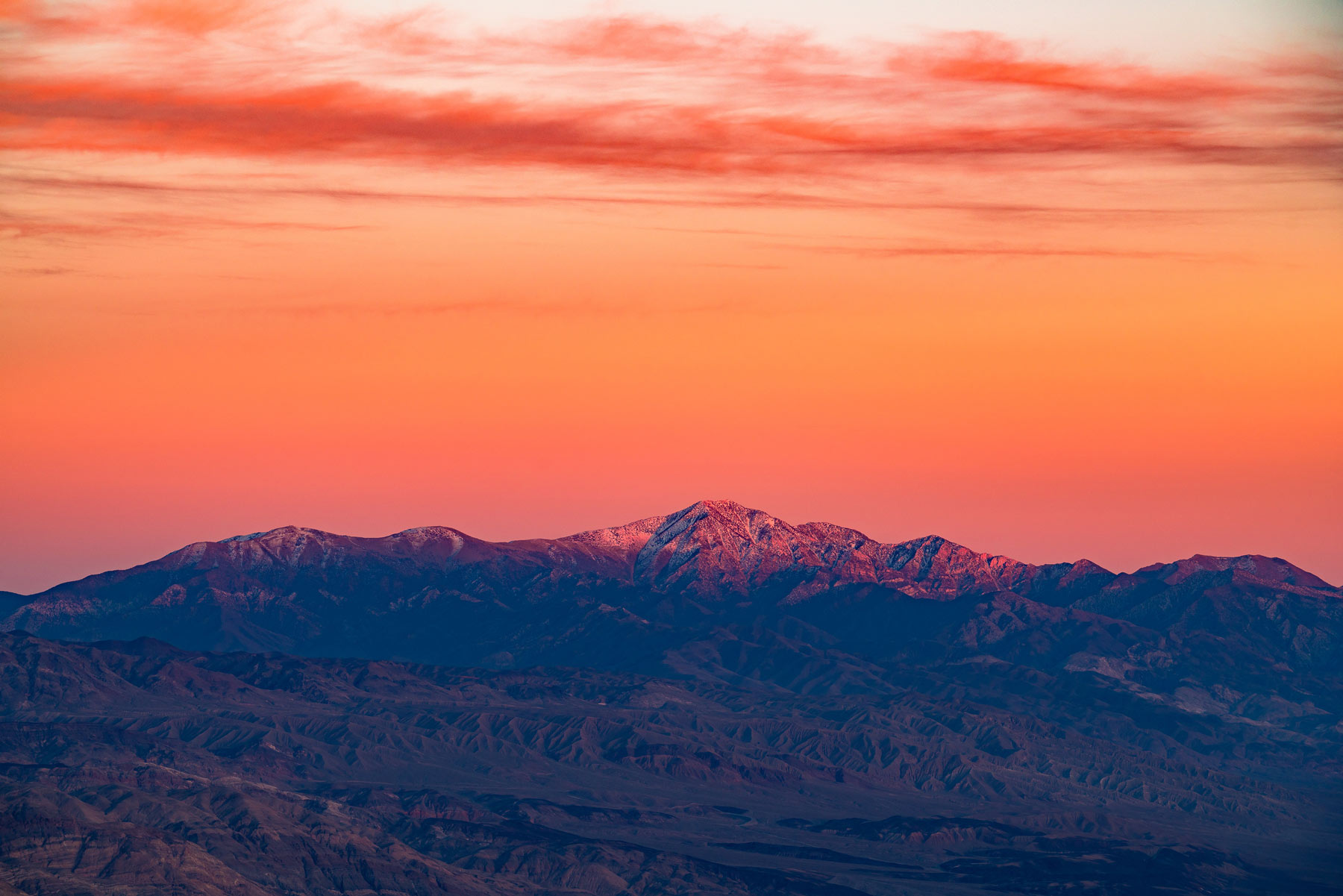

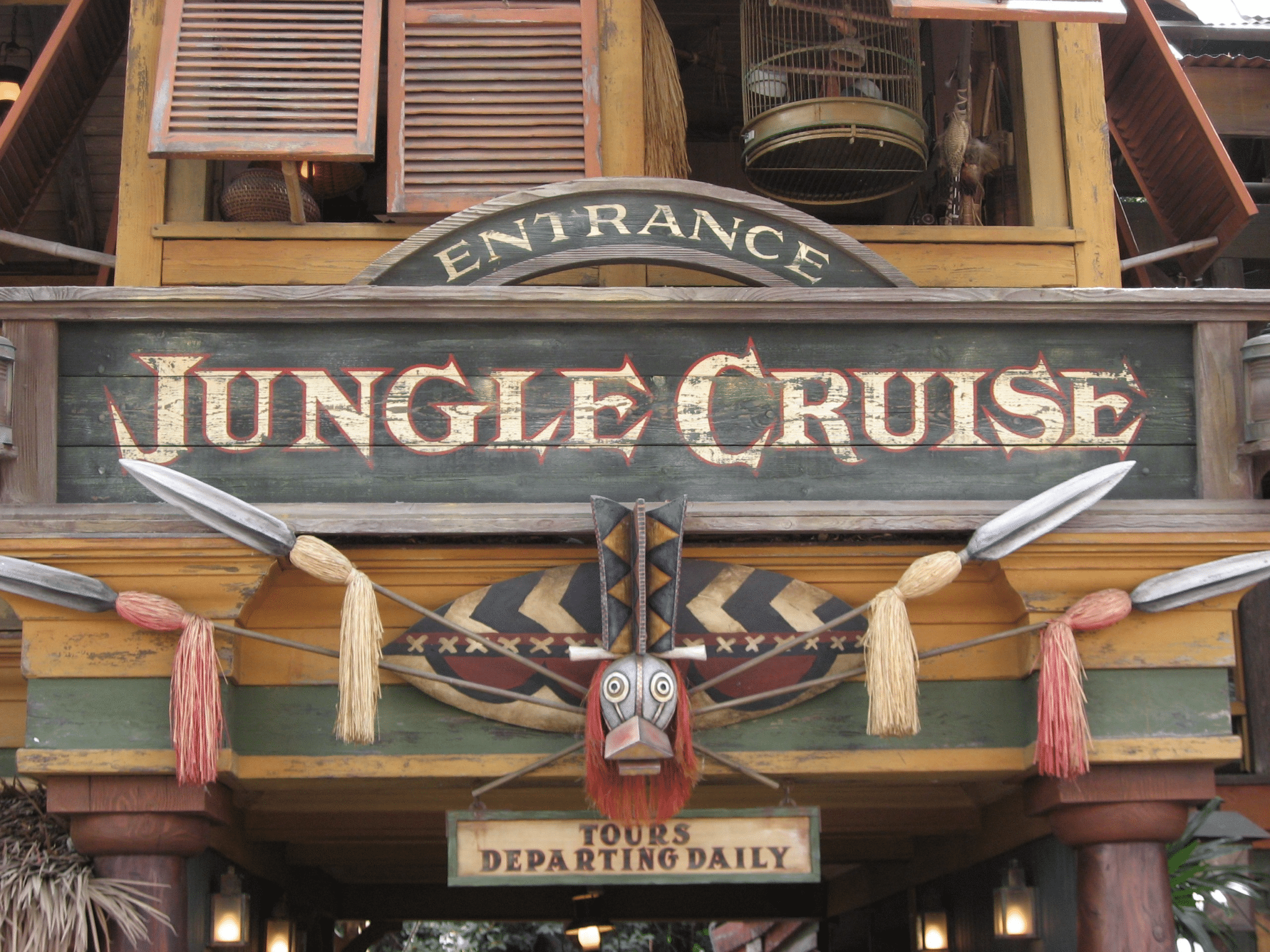
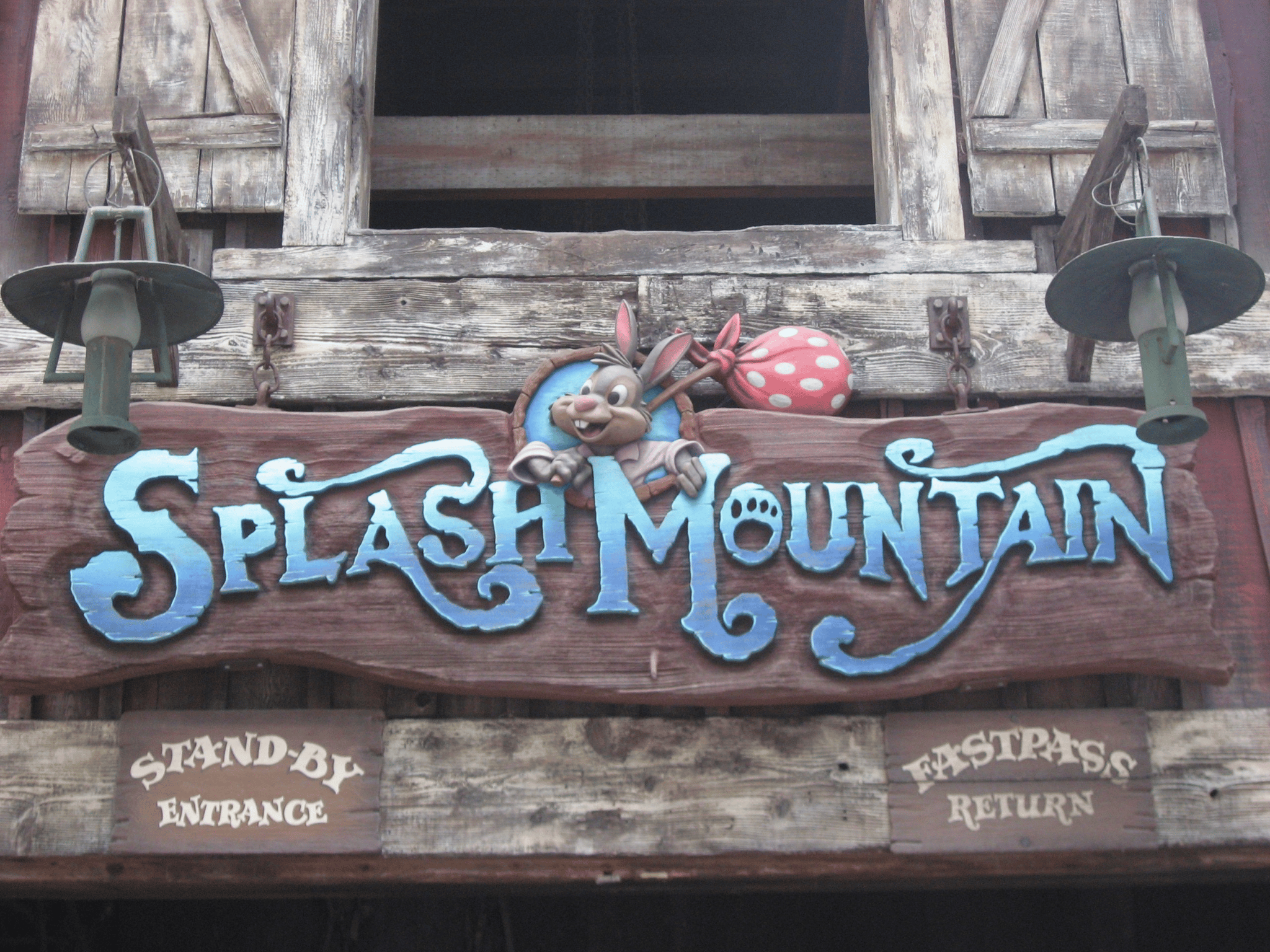


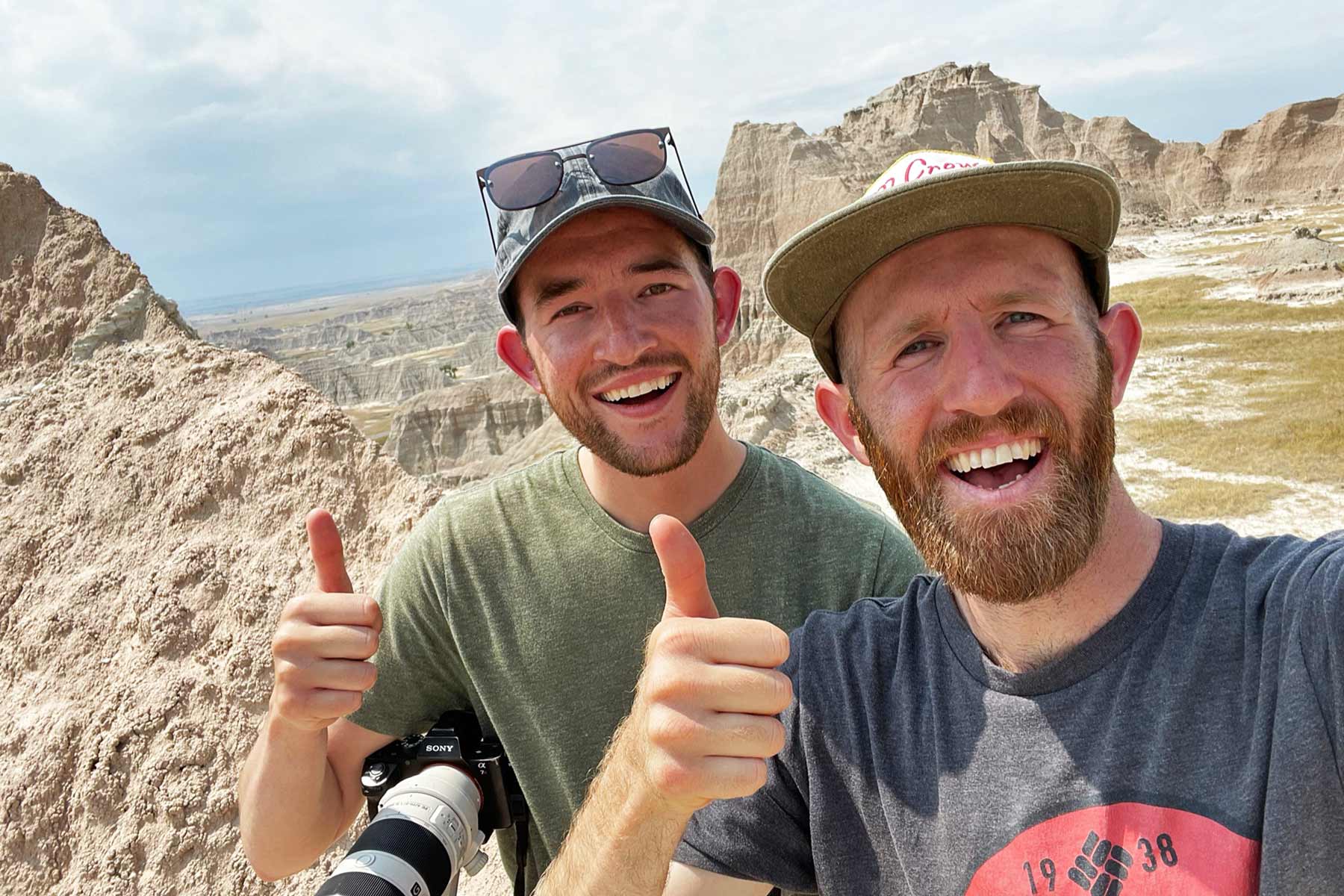
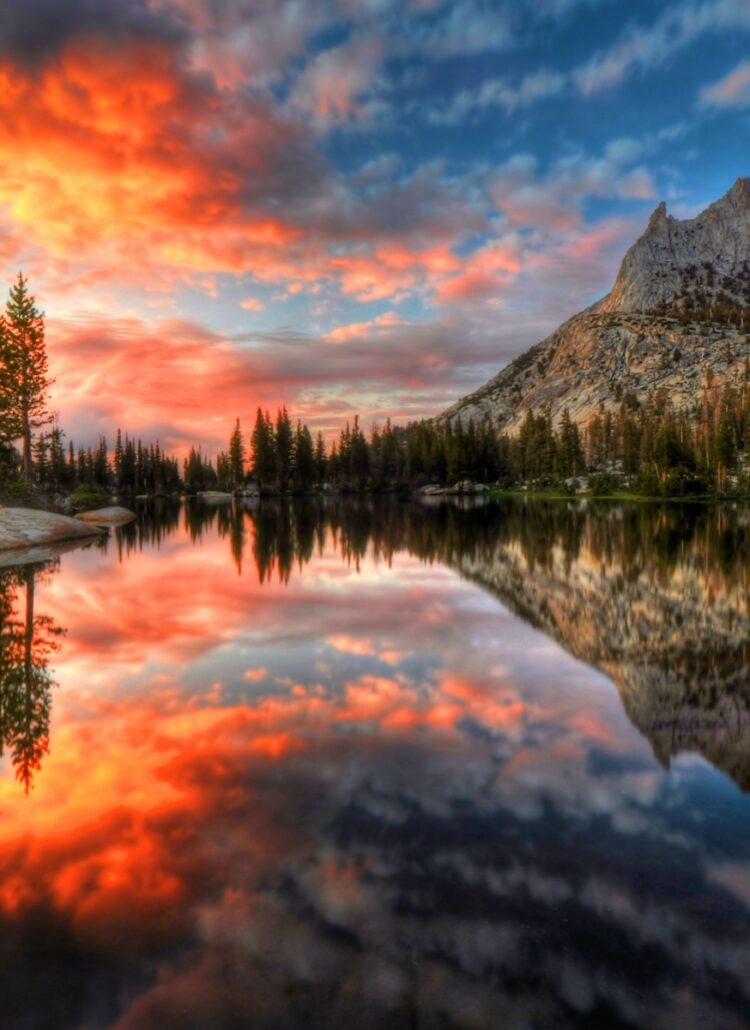
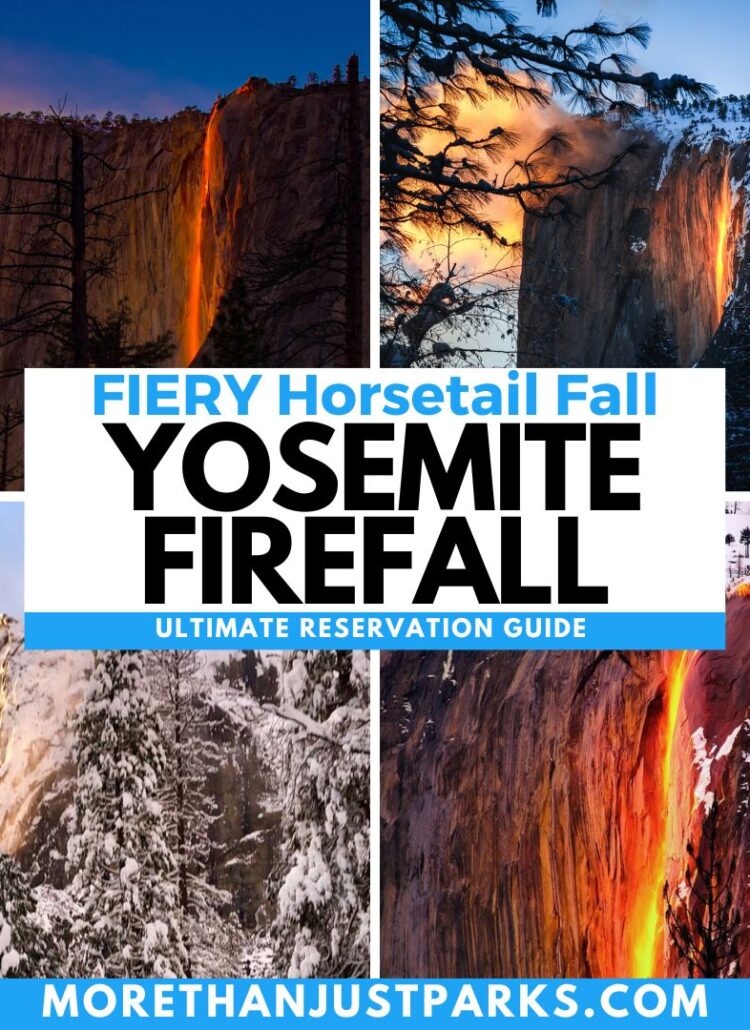
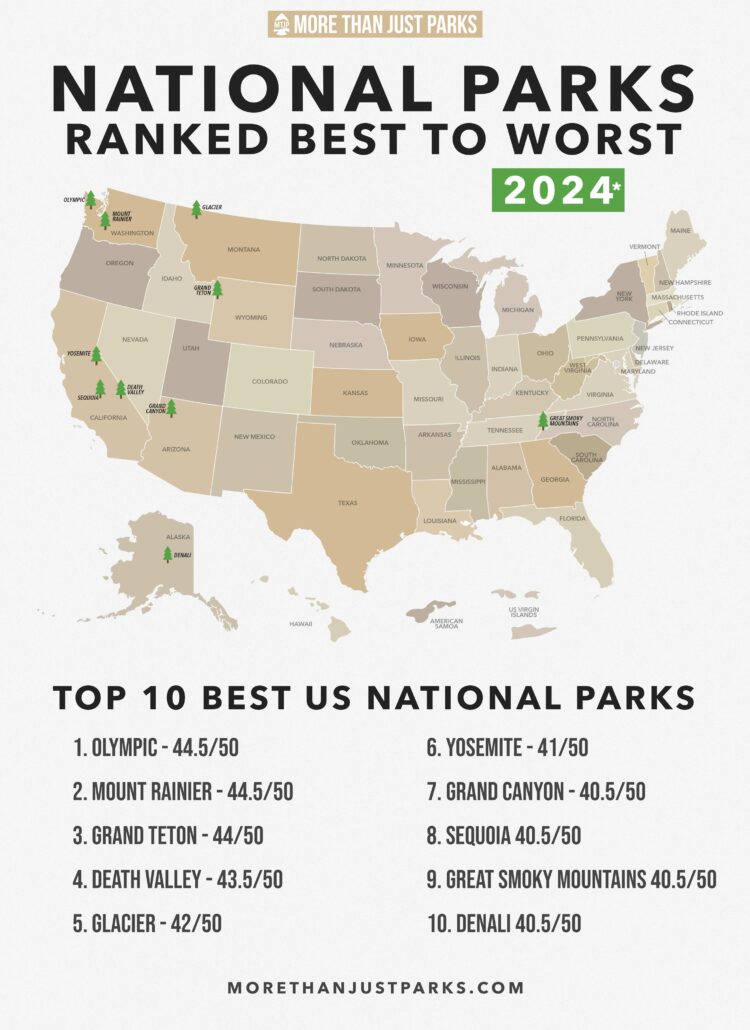
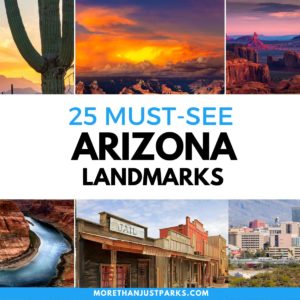
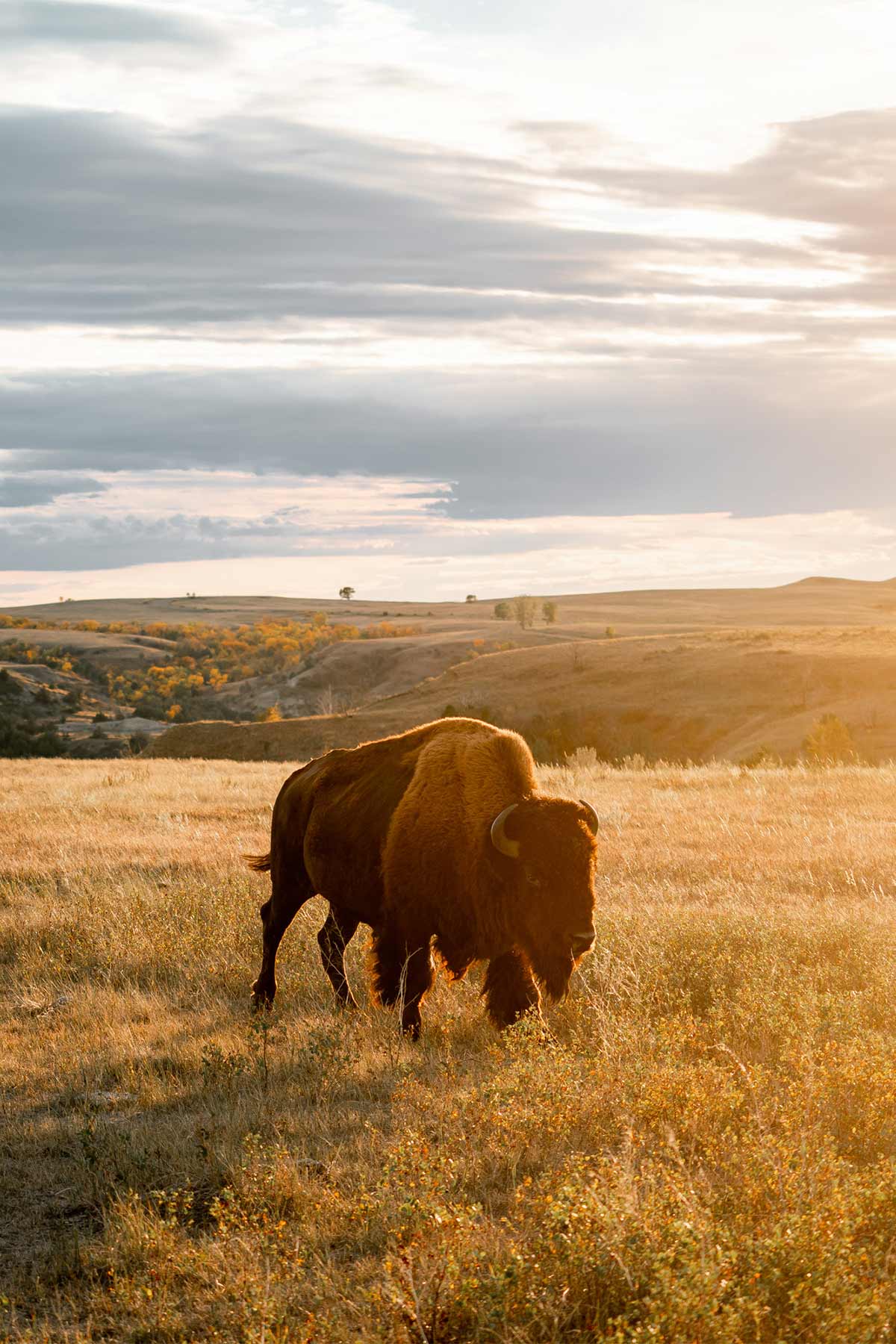
Leave a Reply